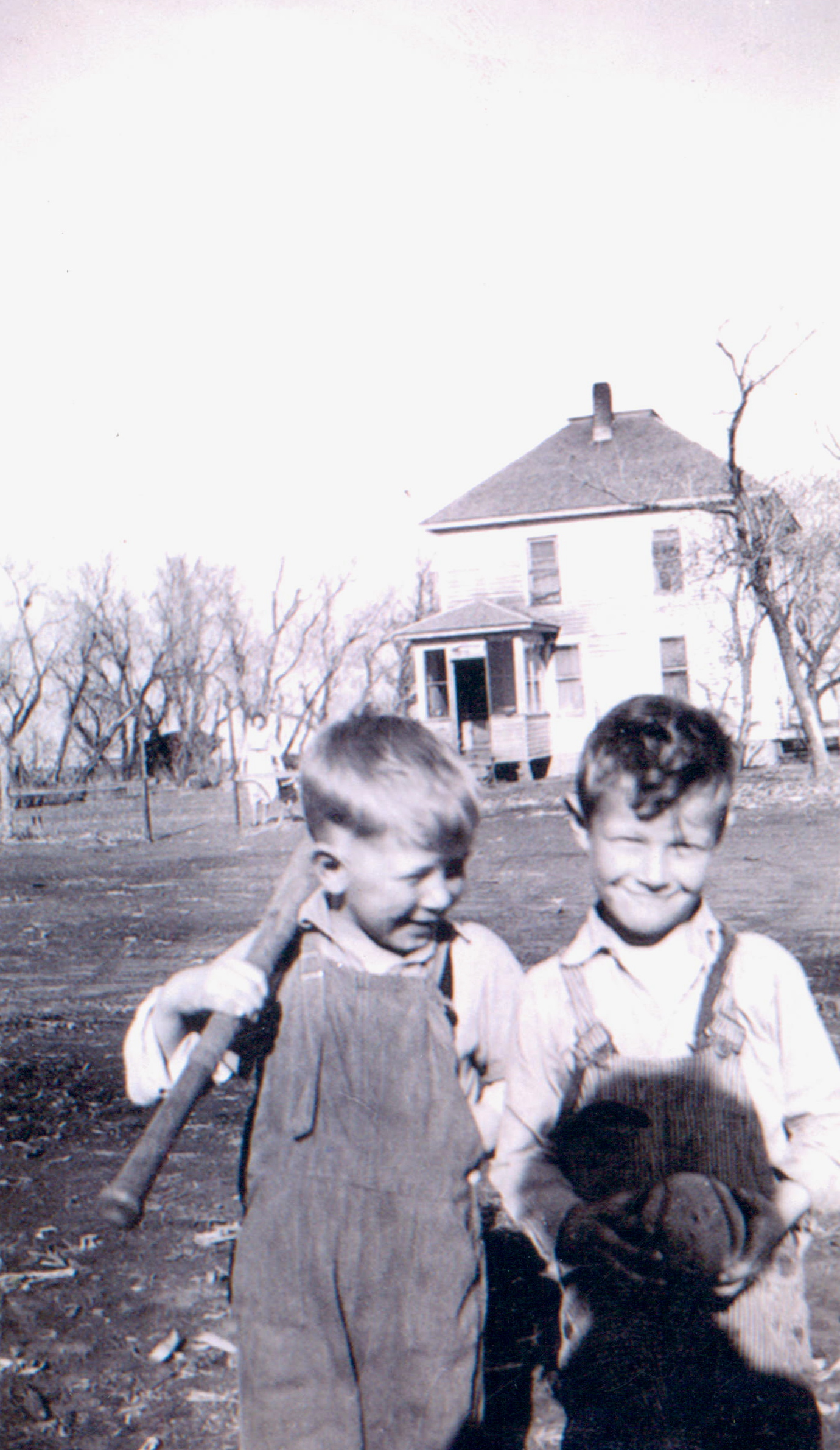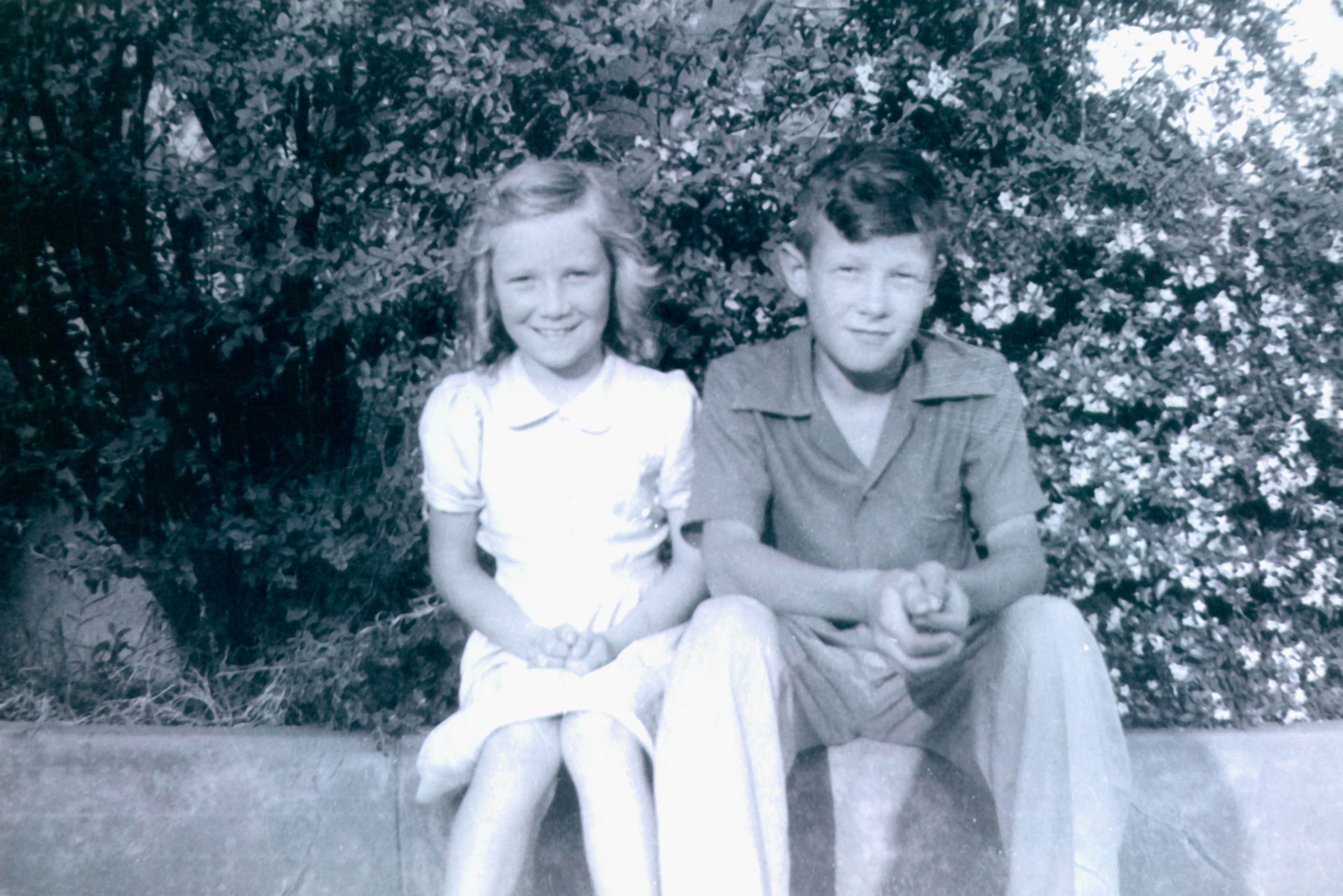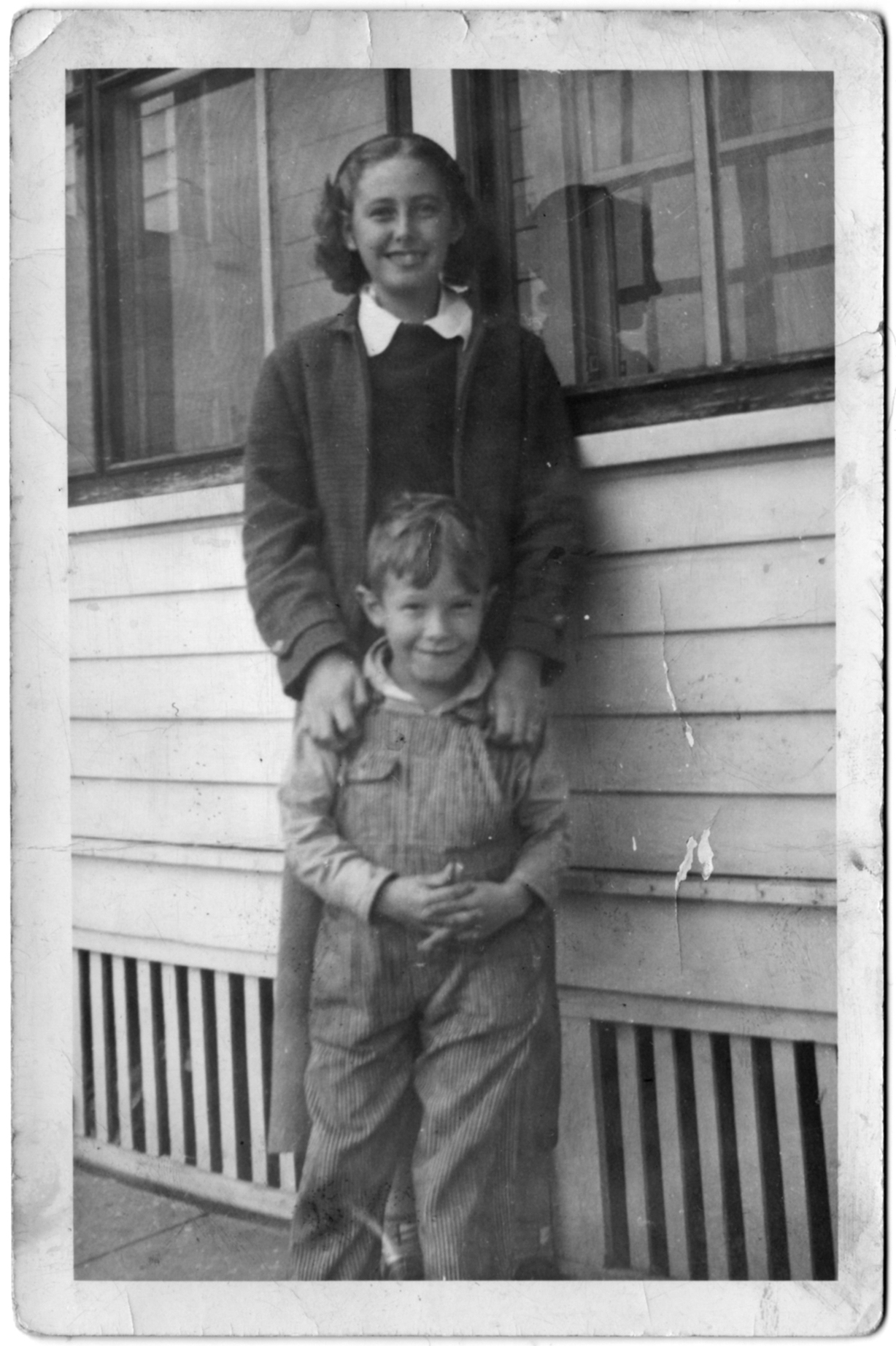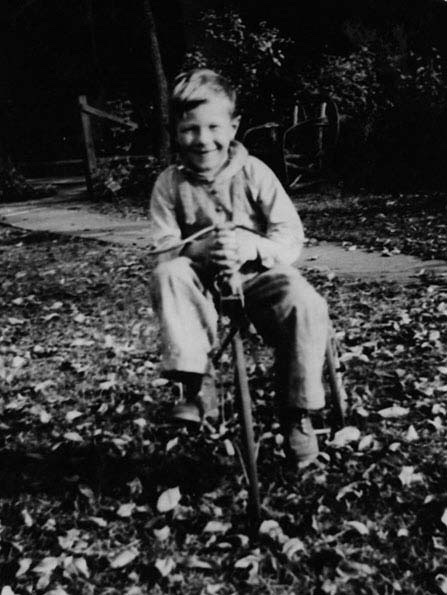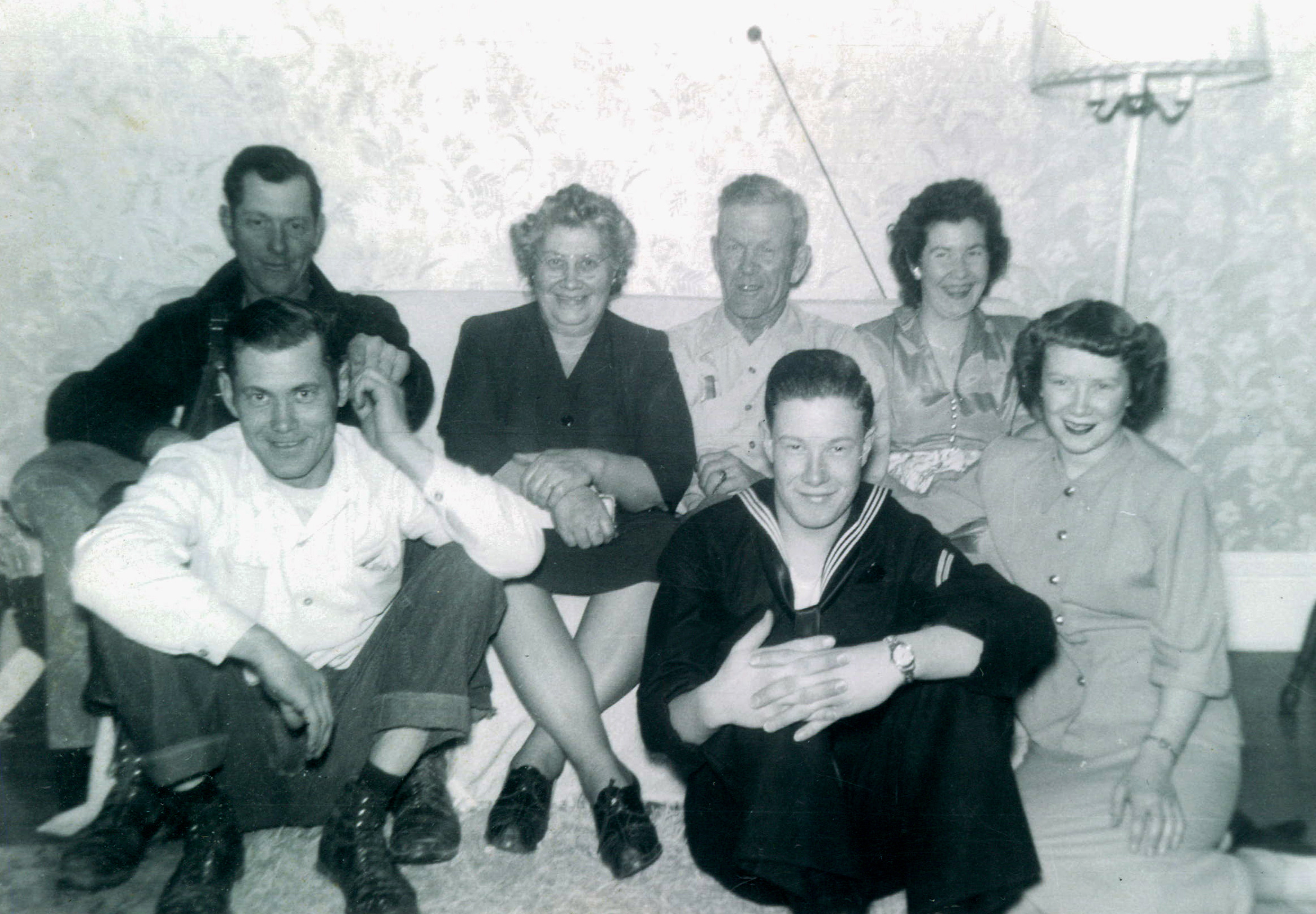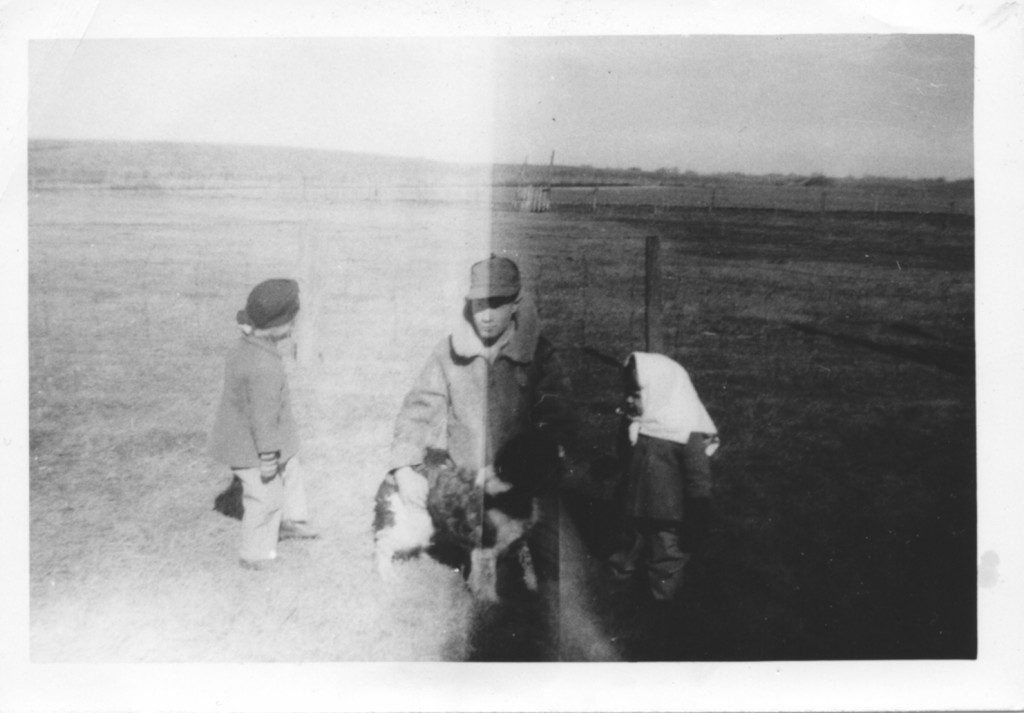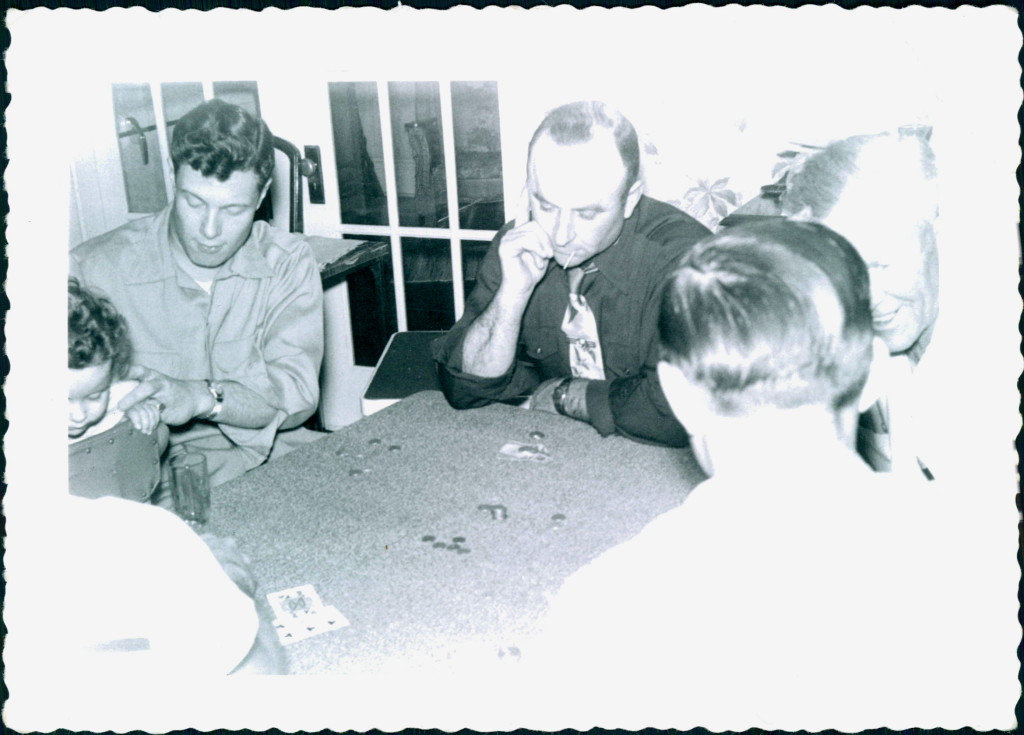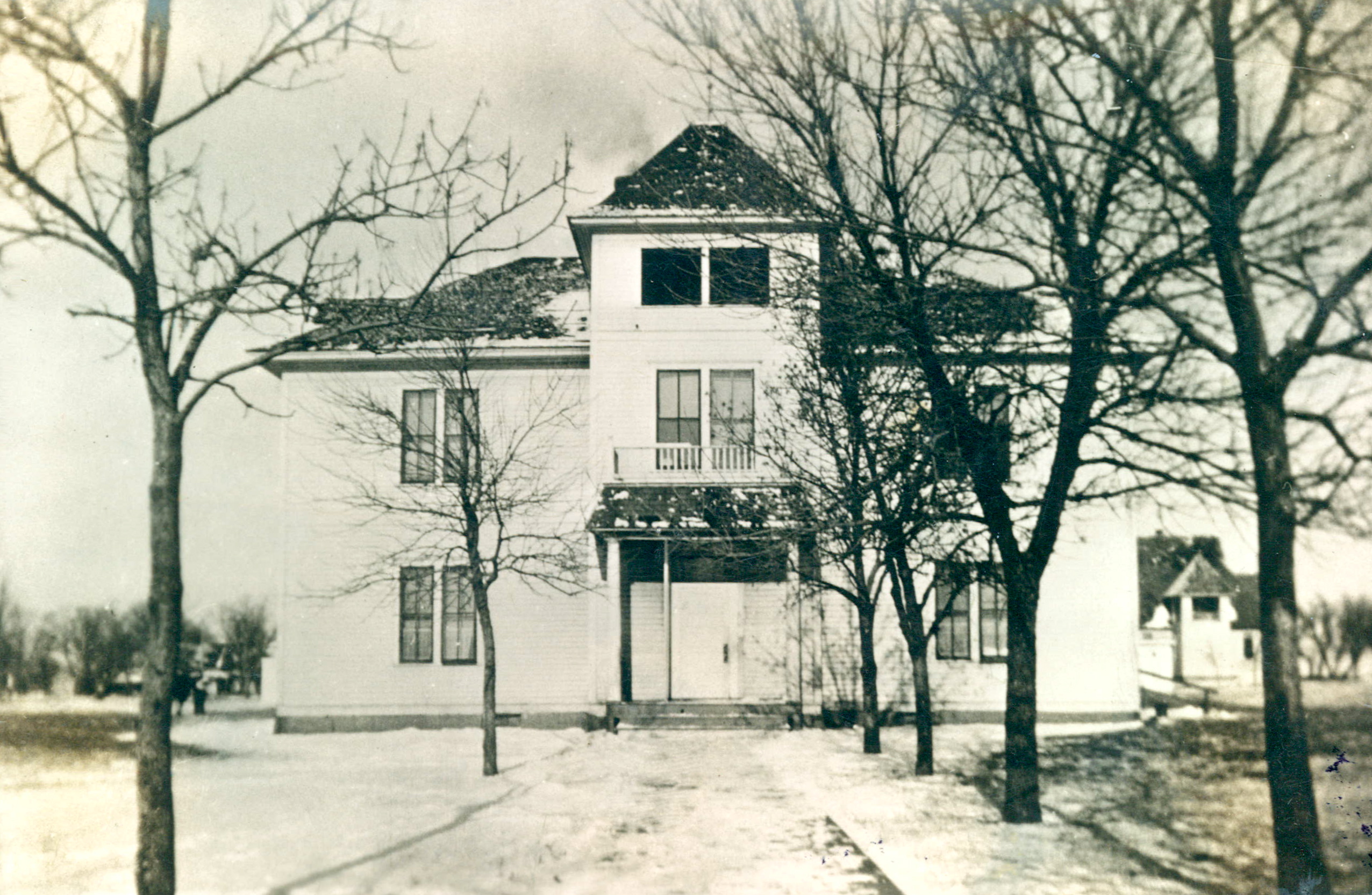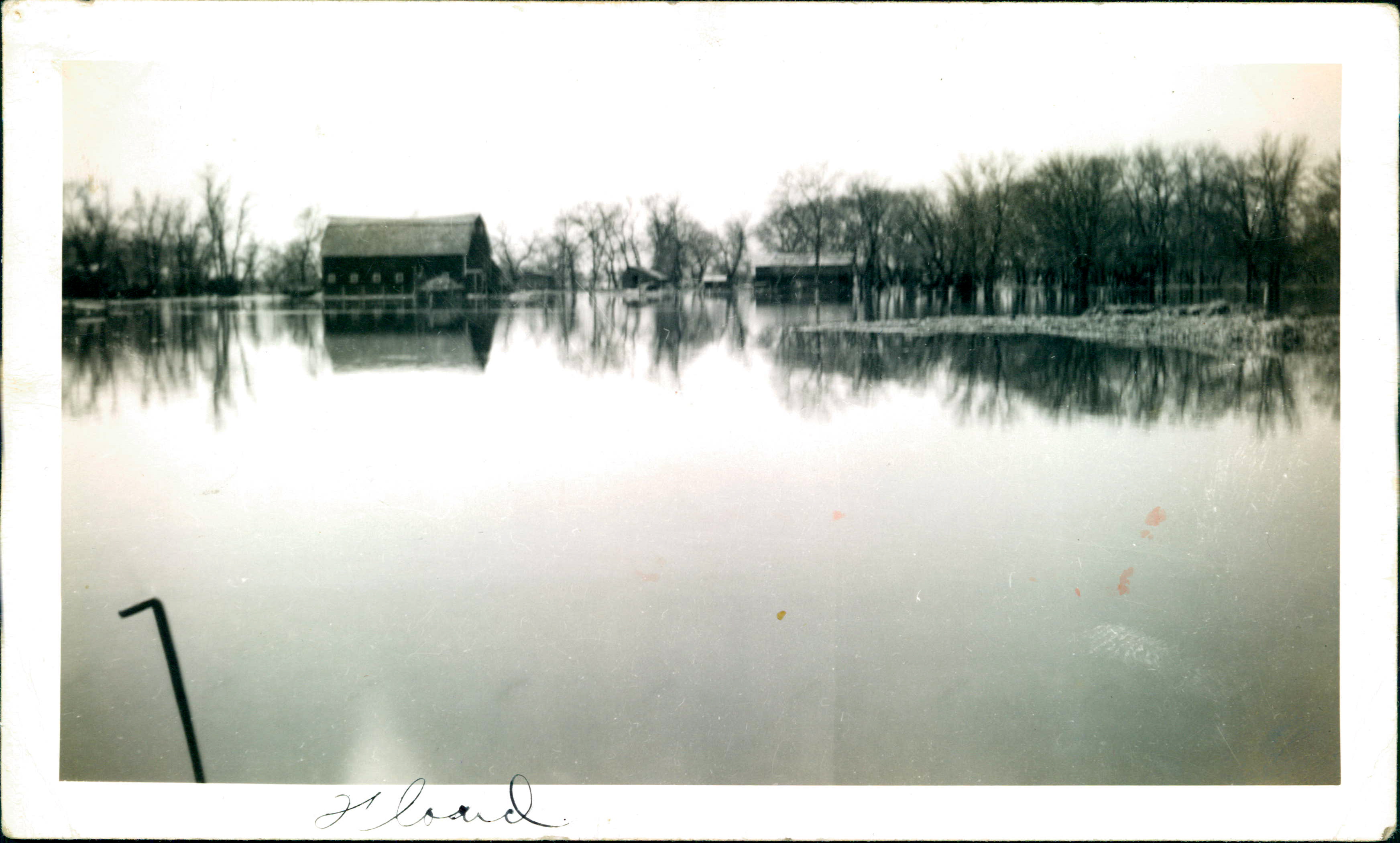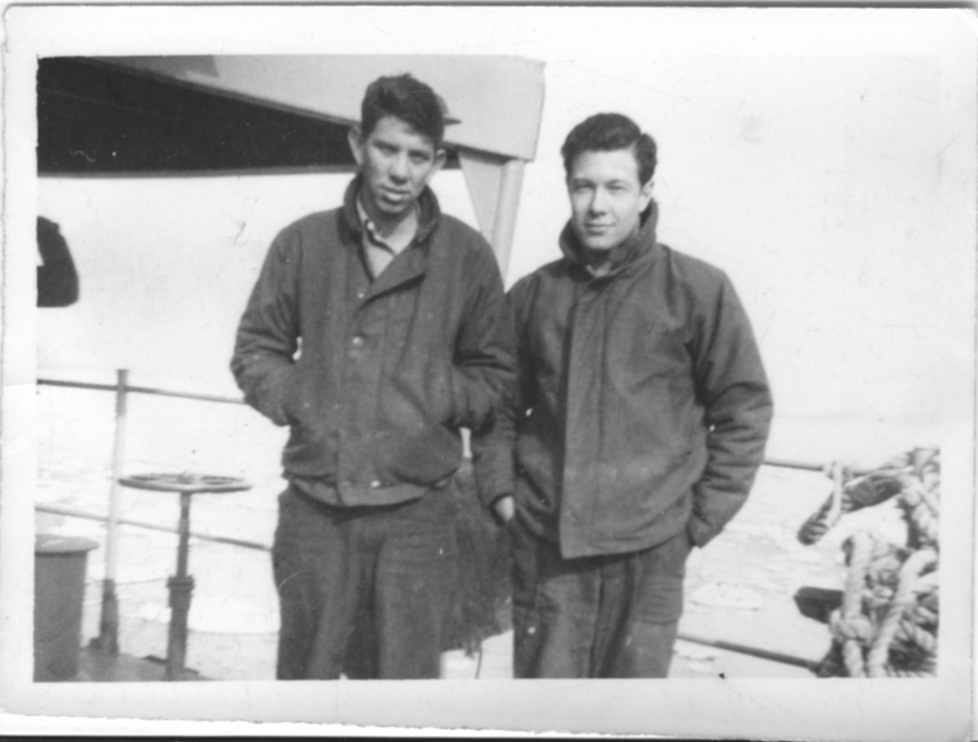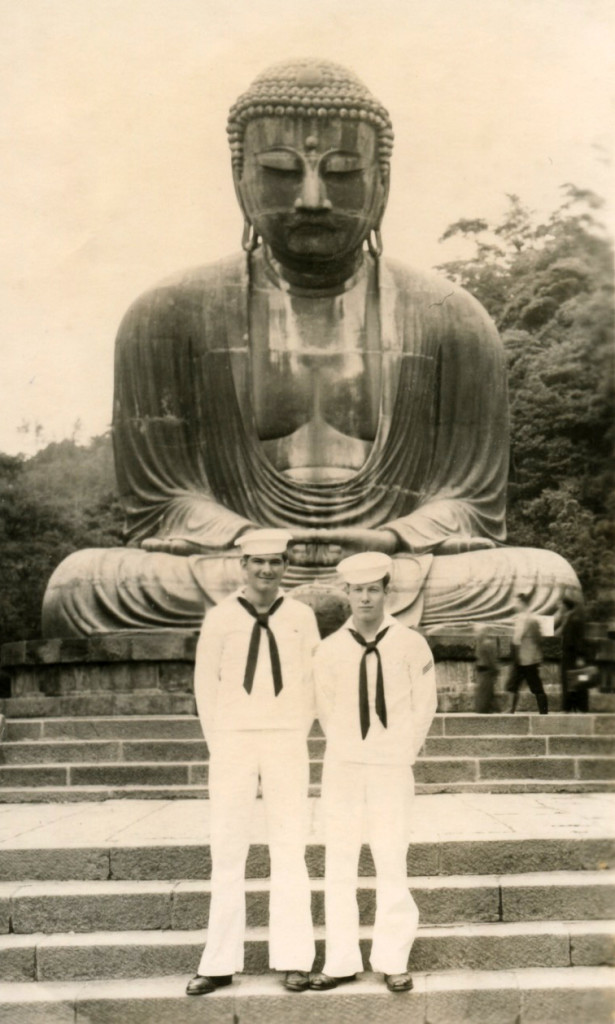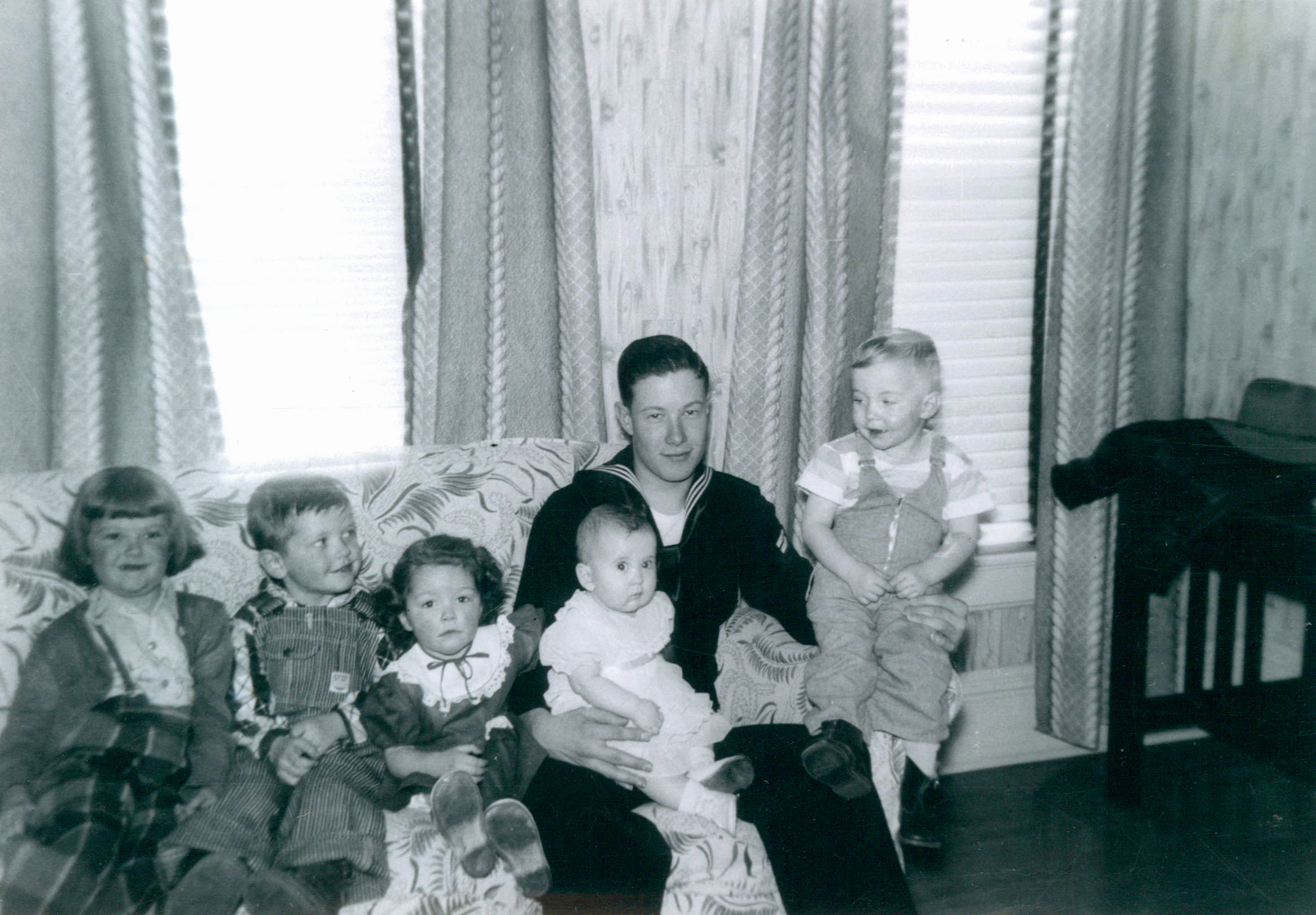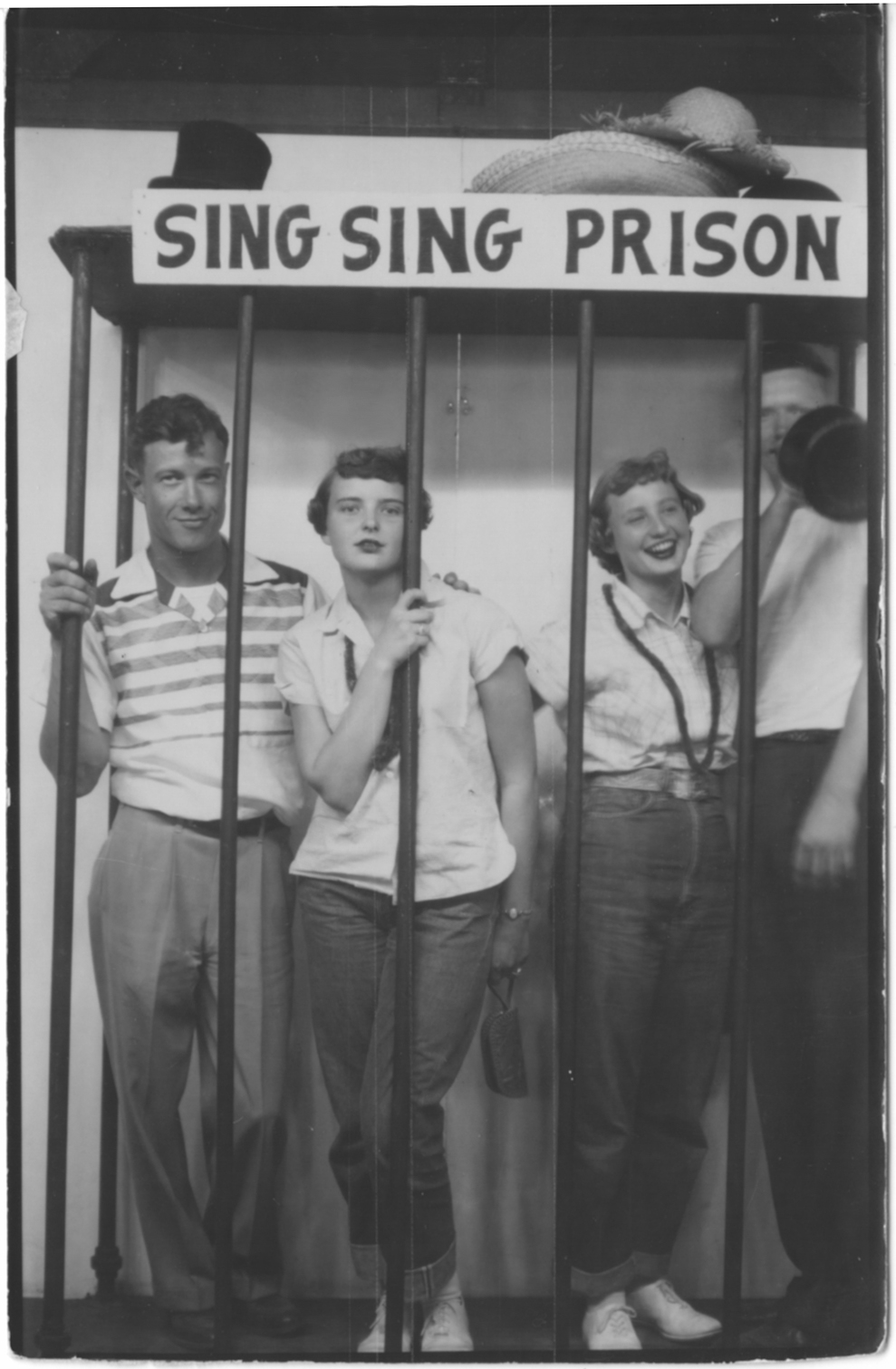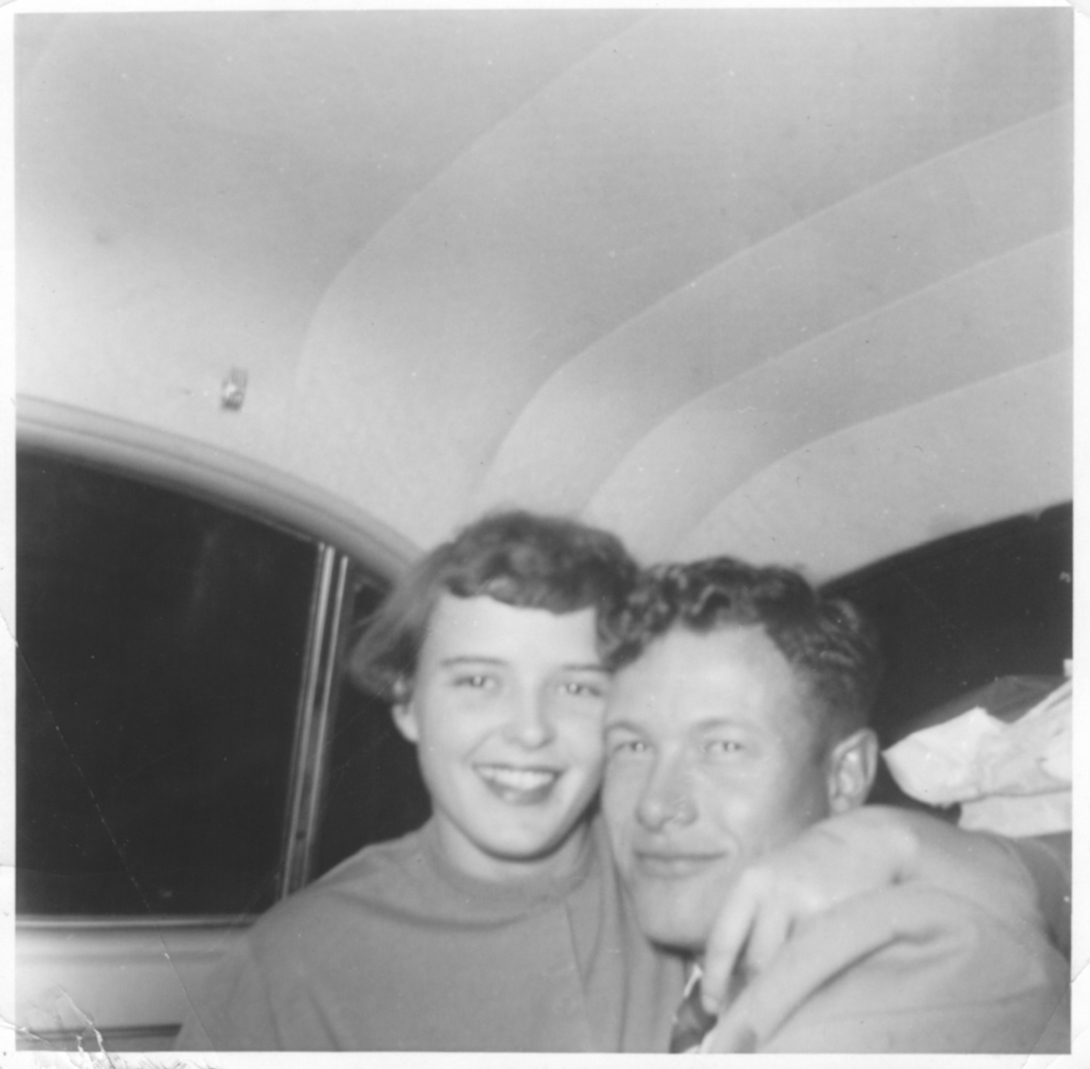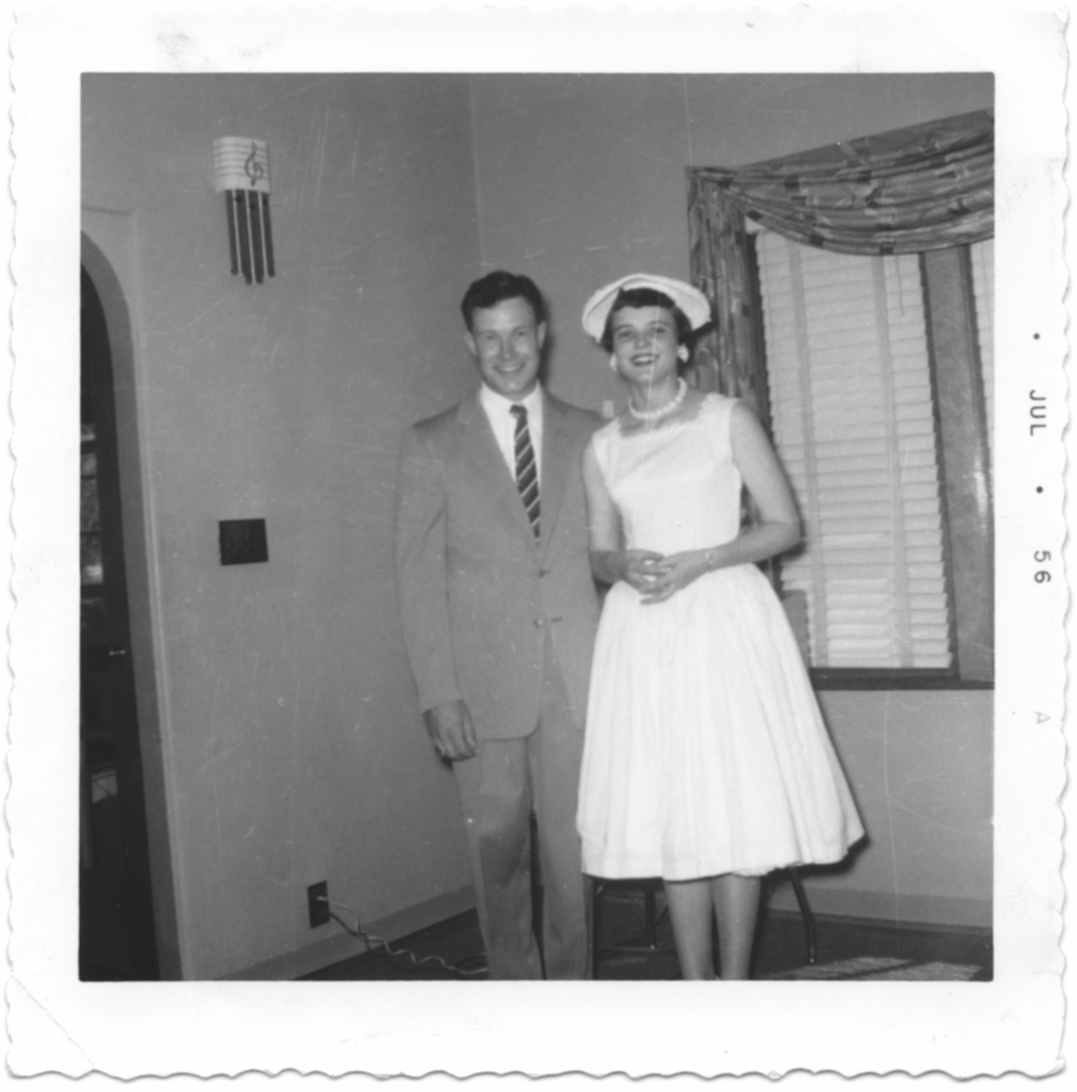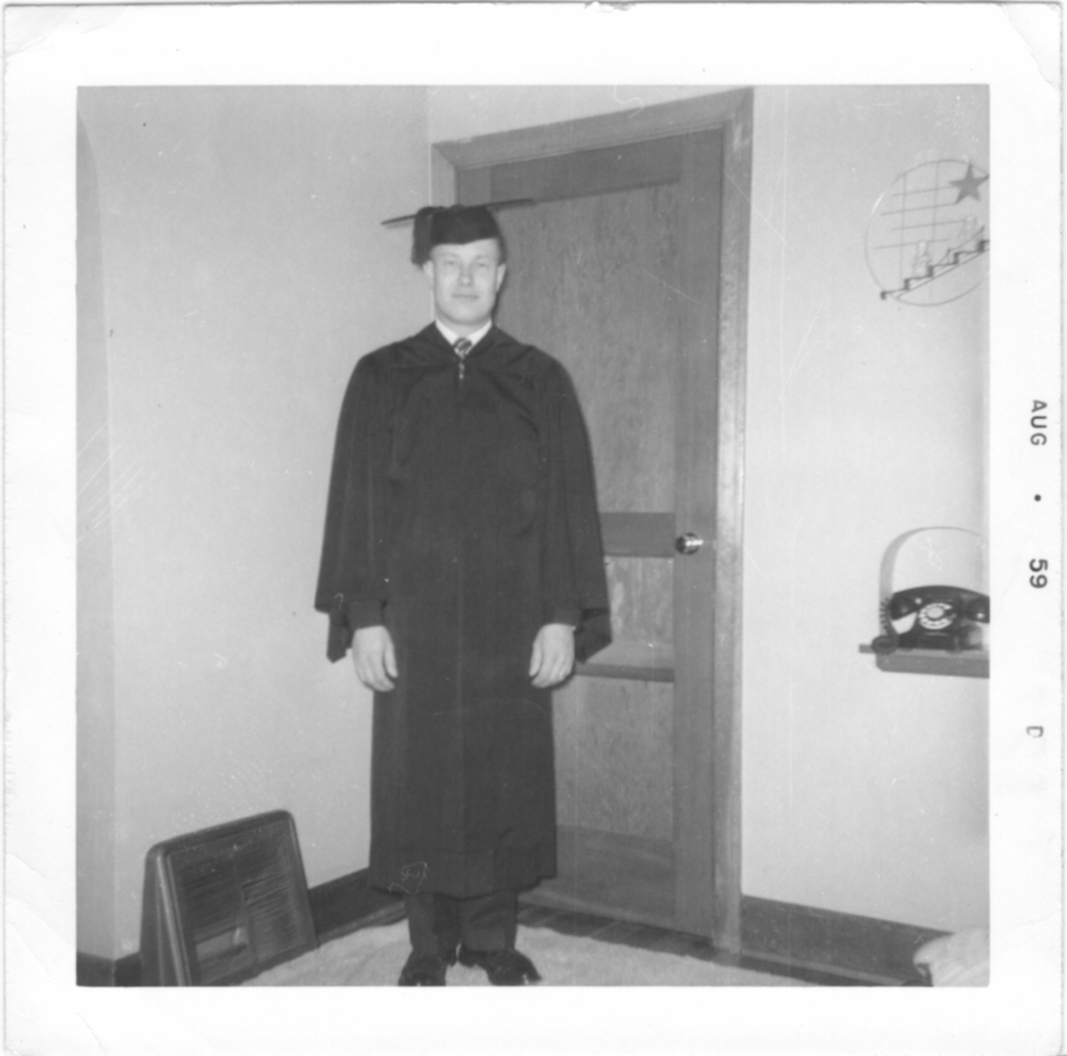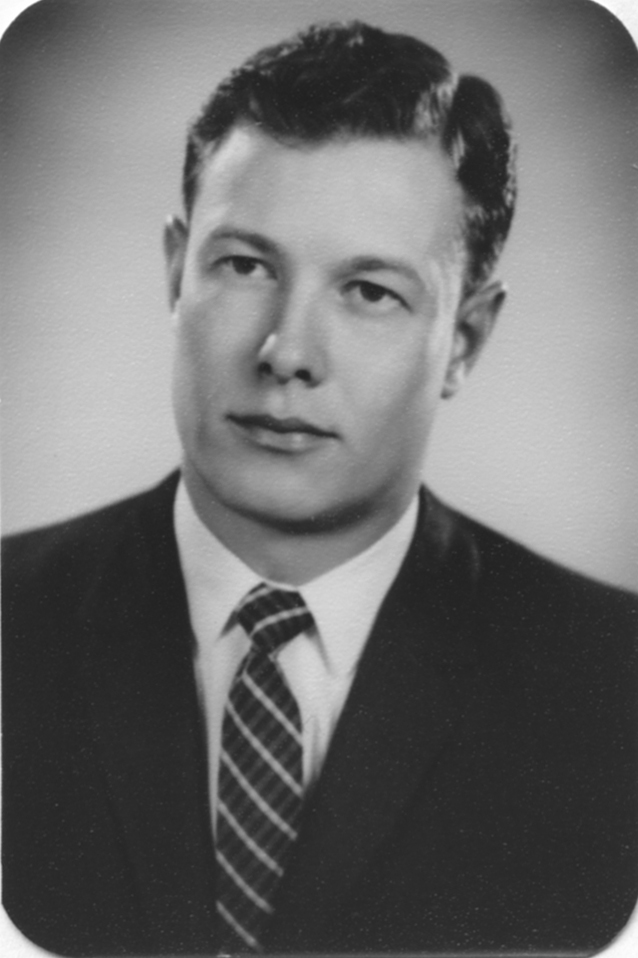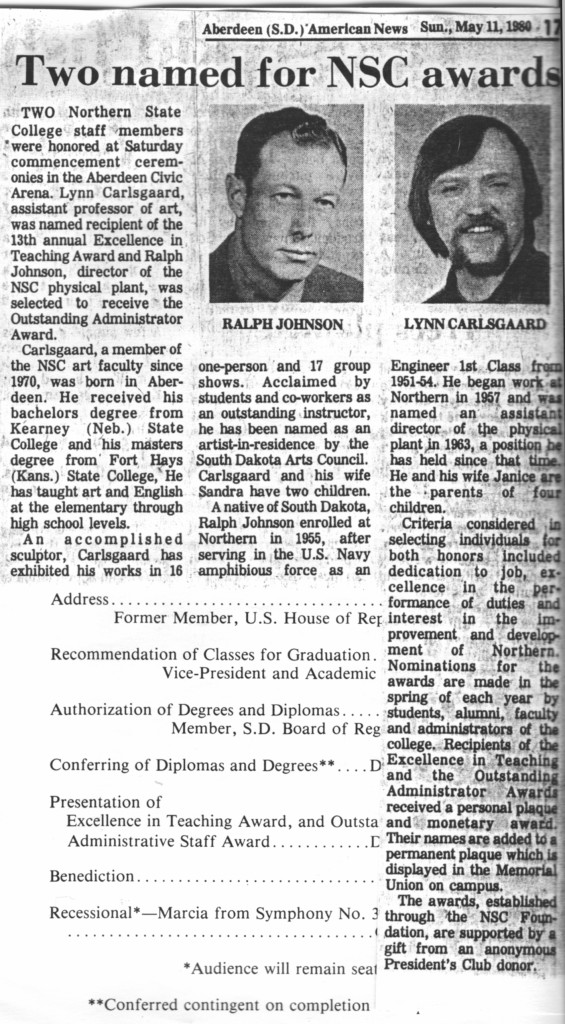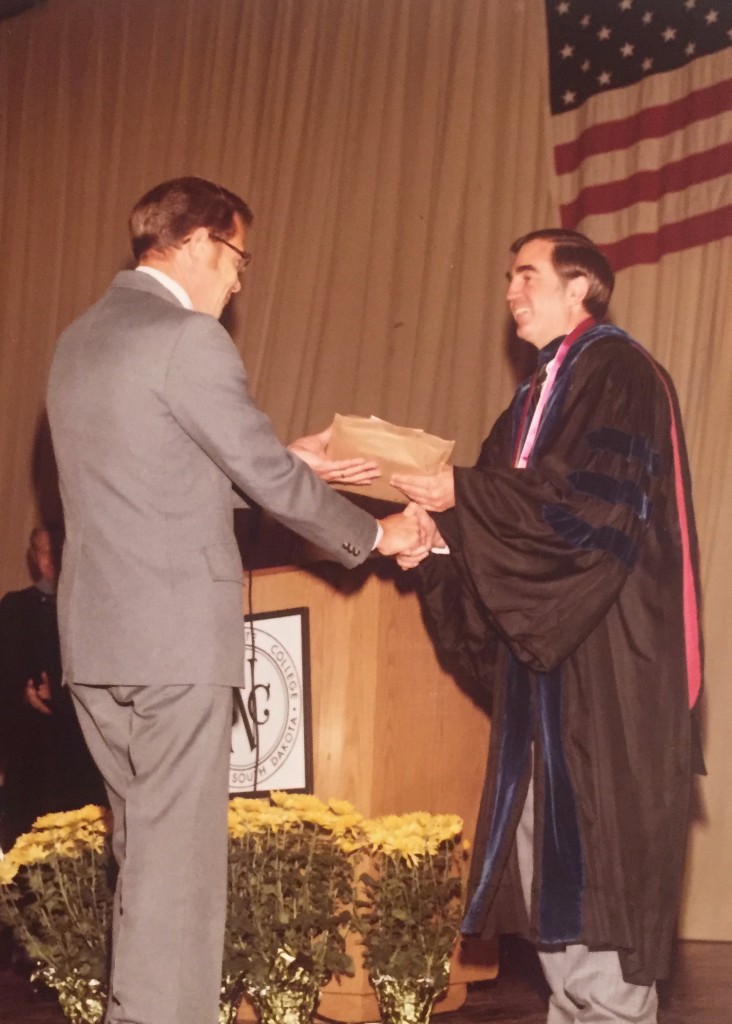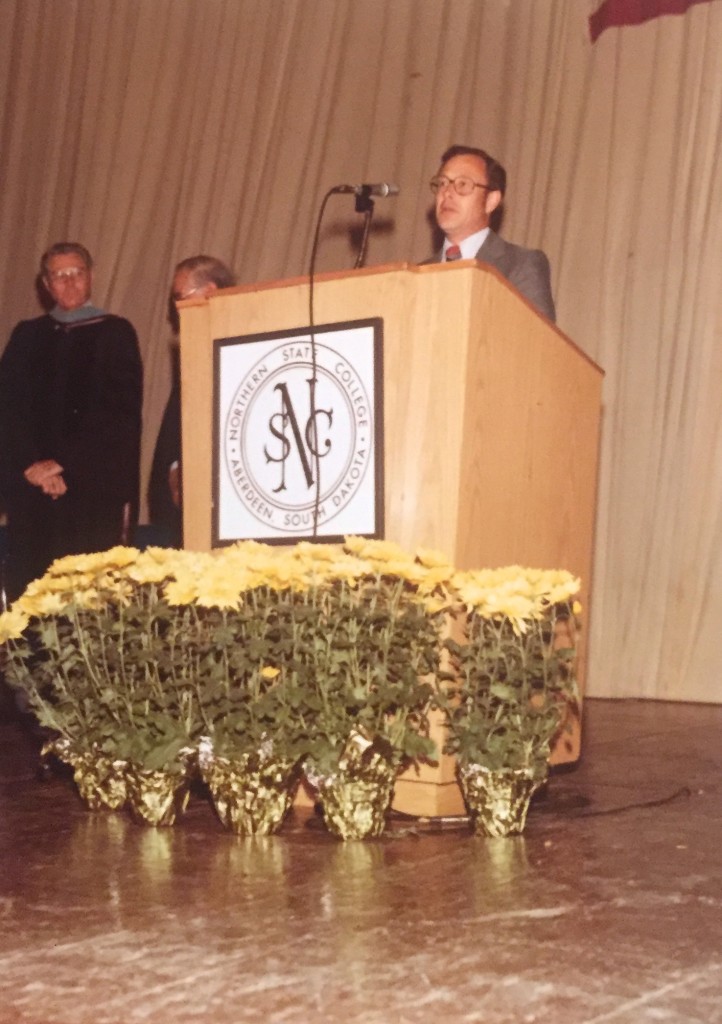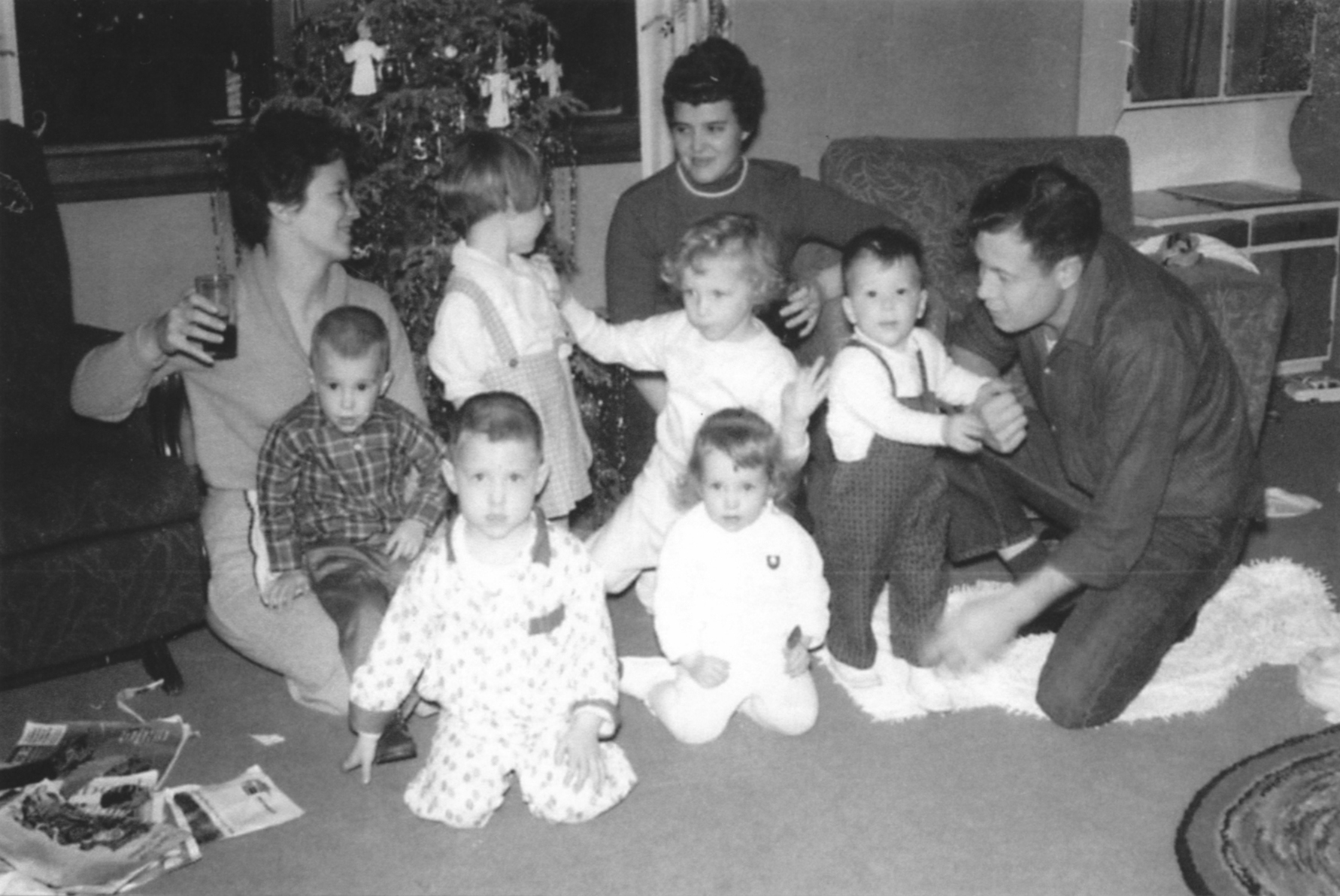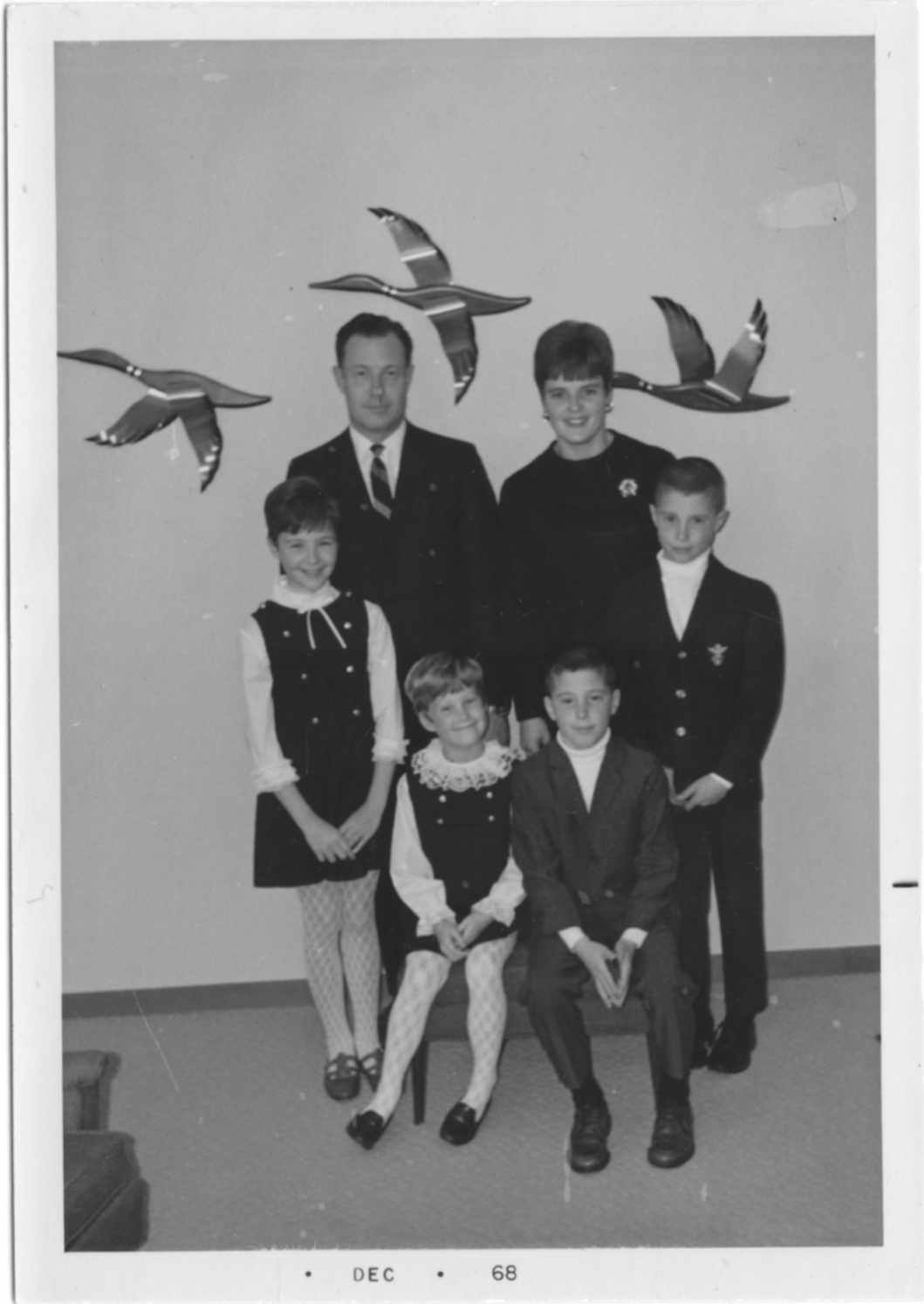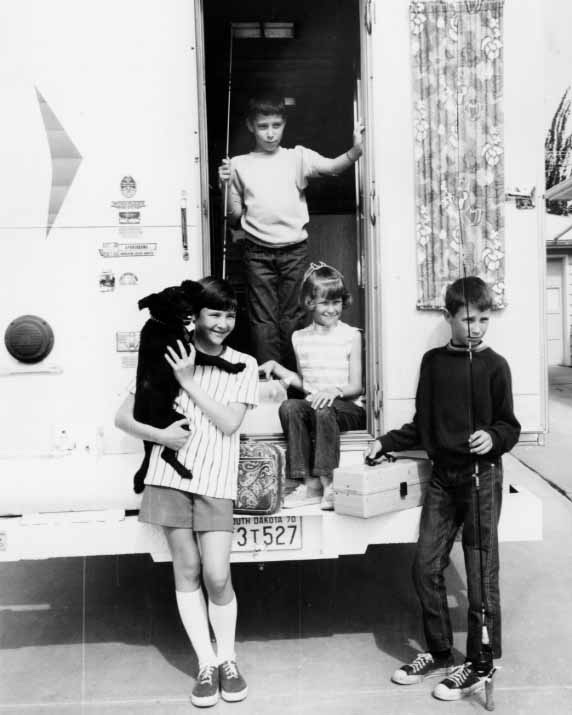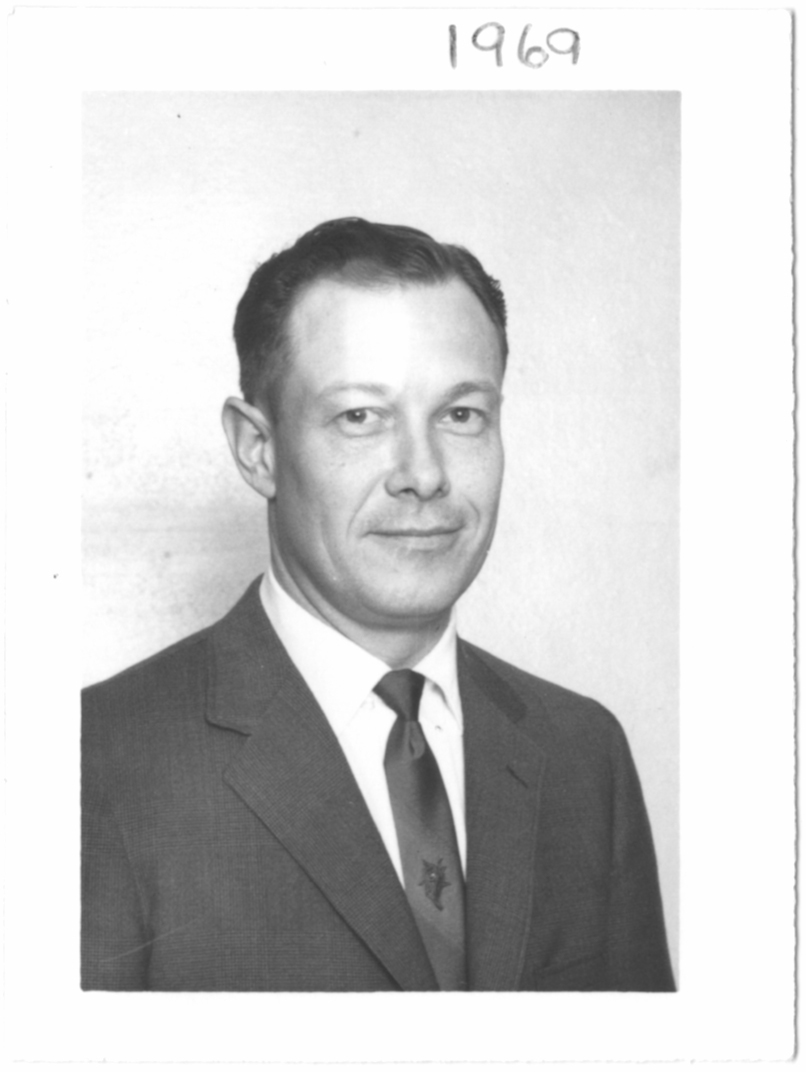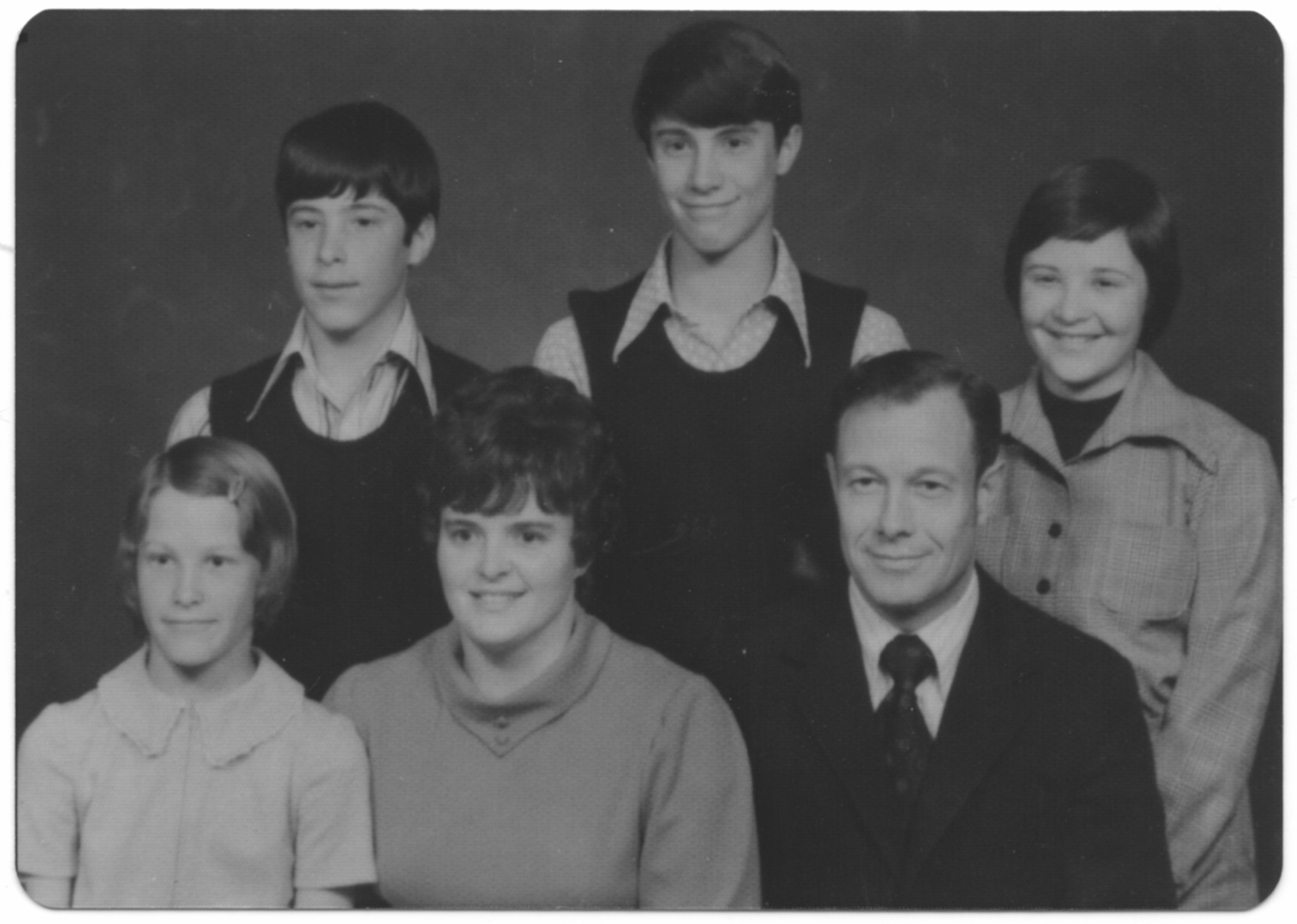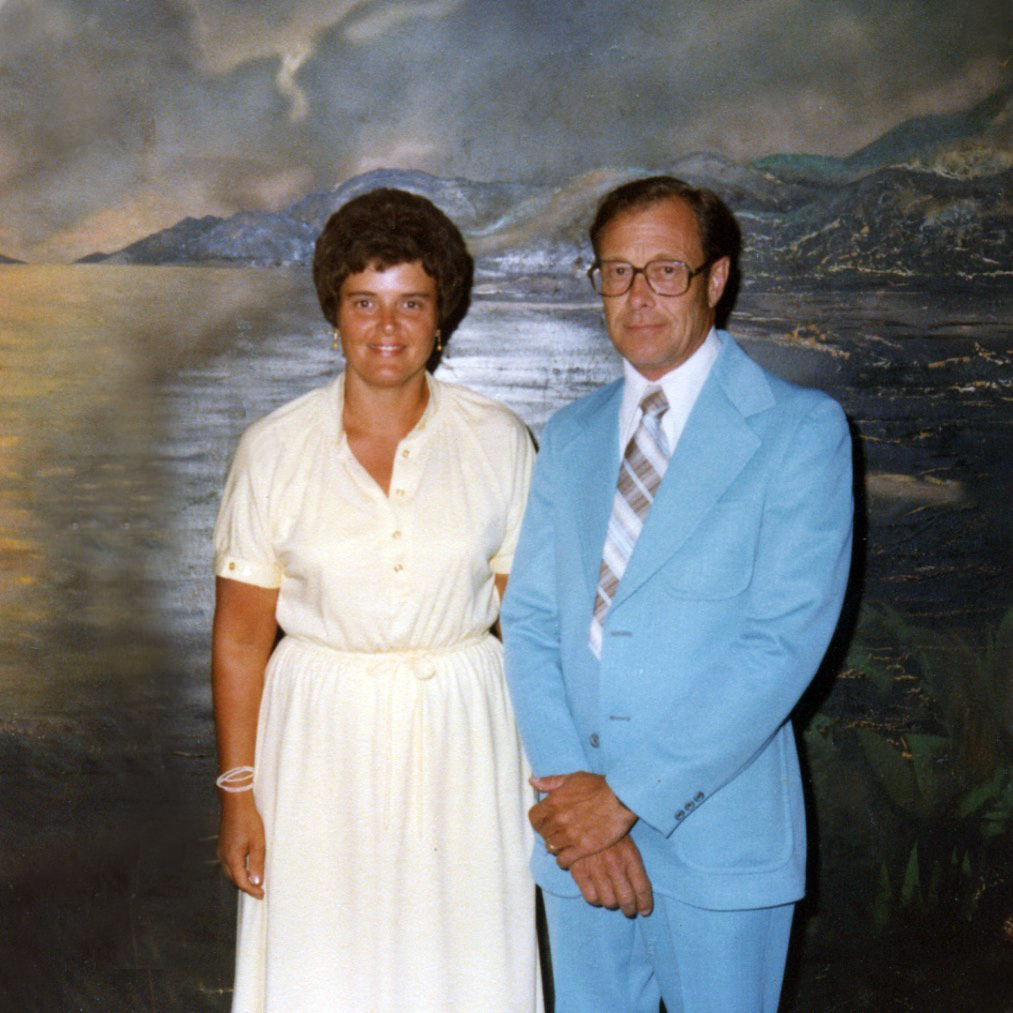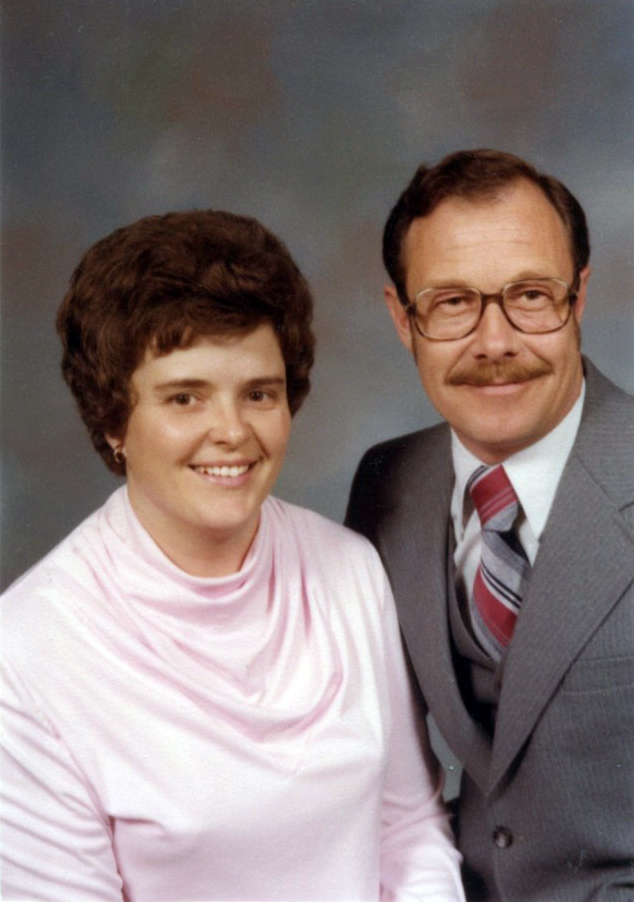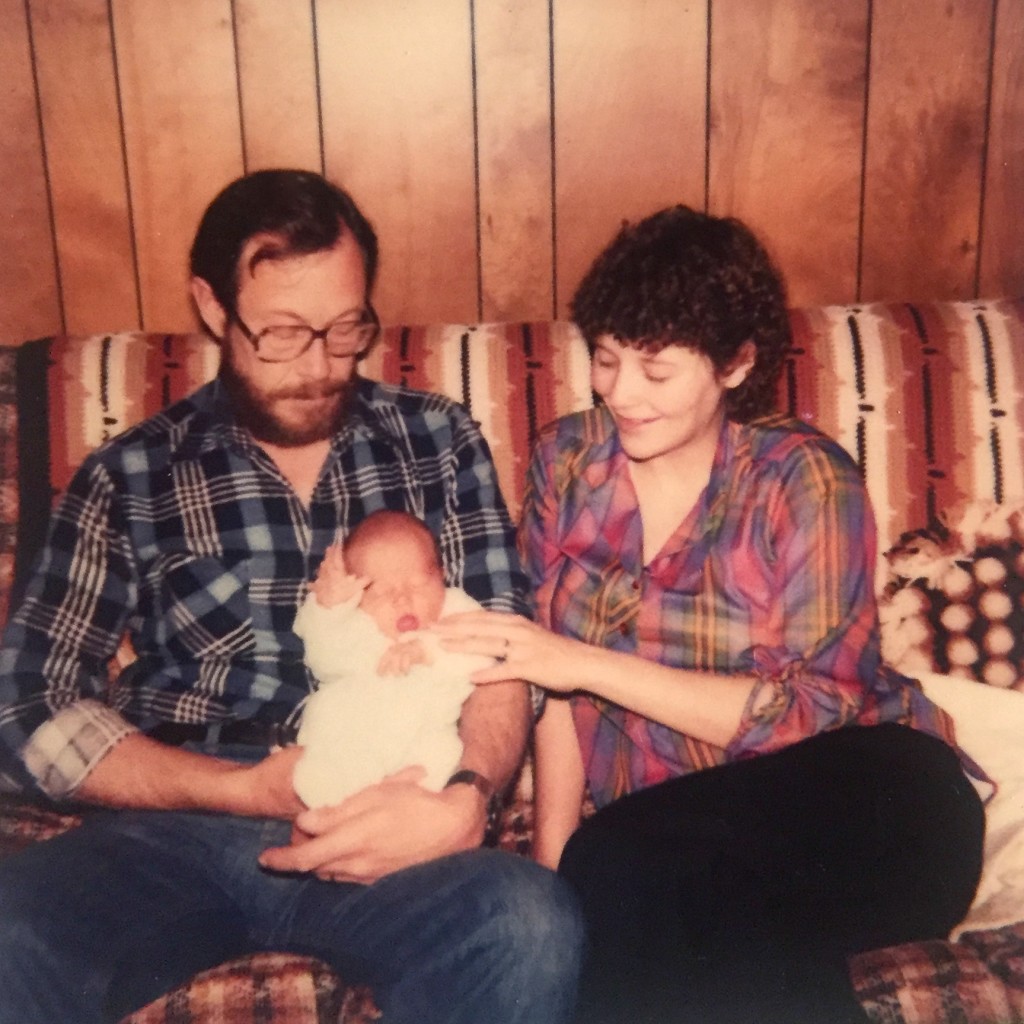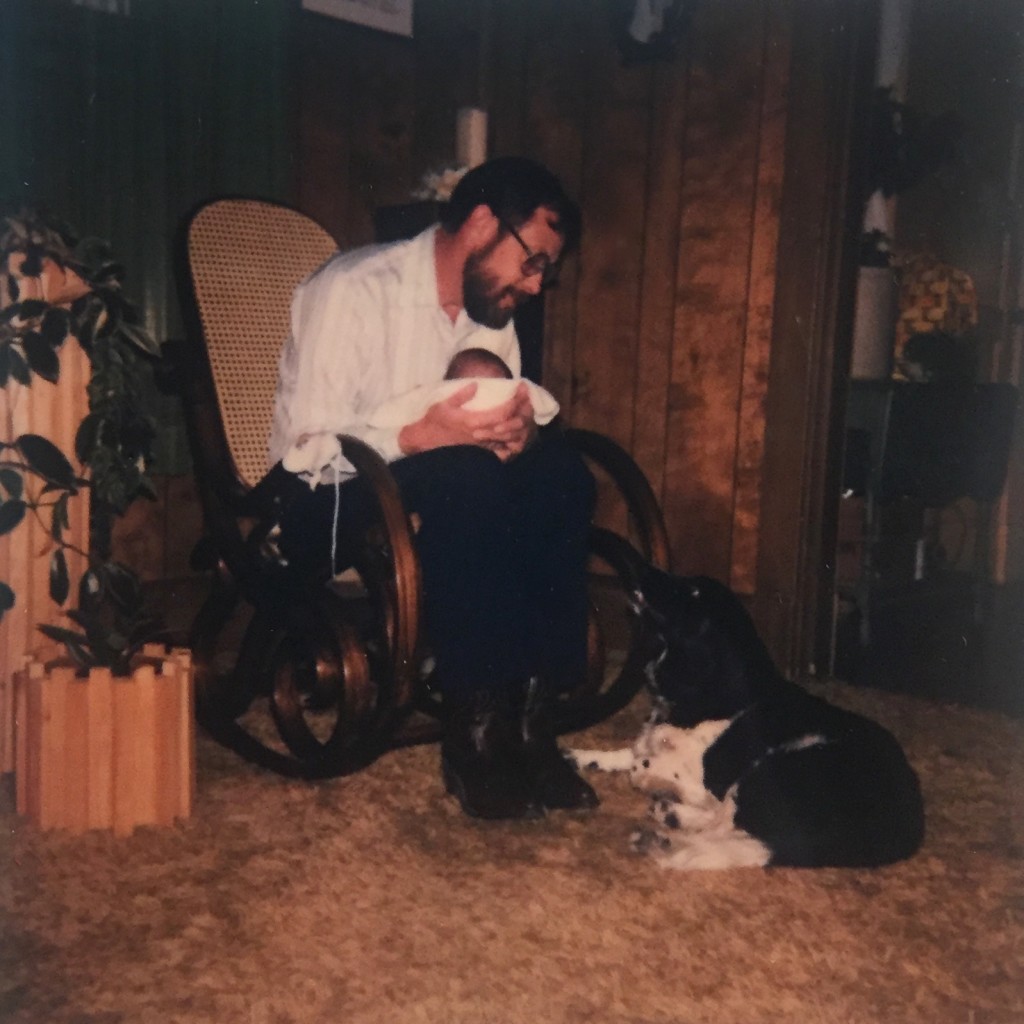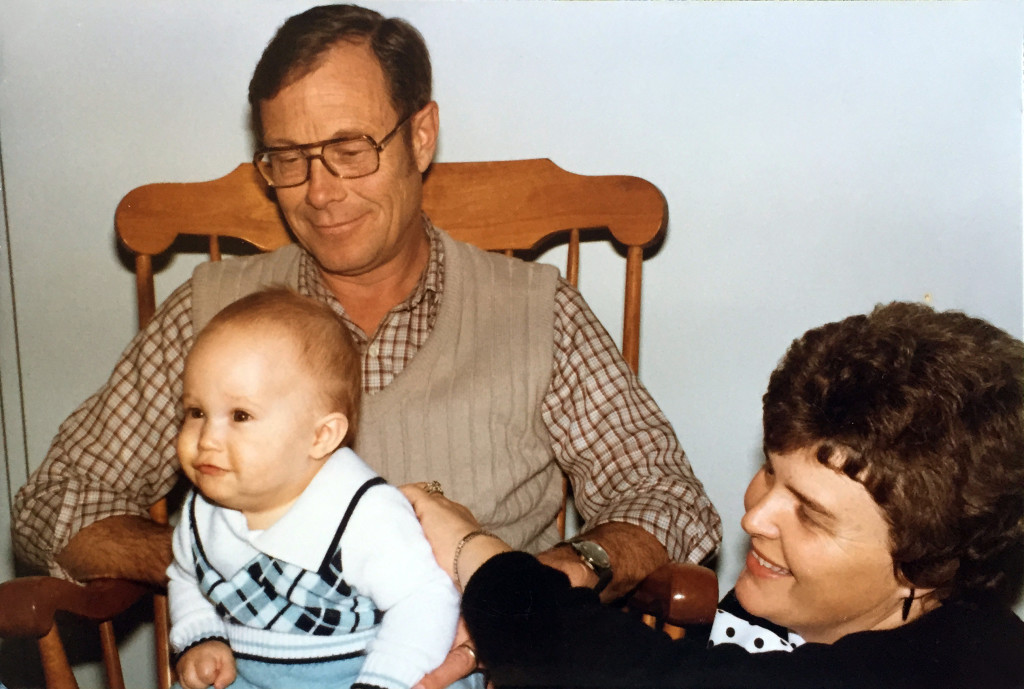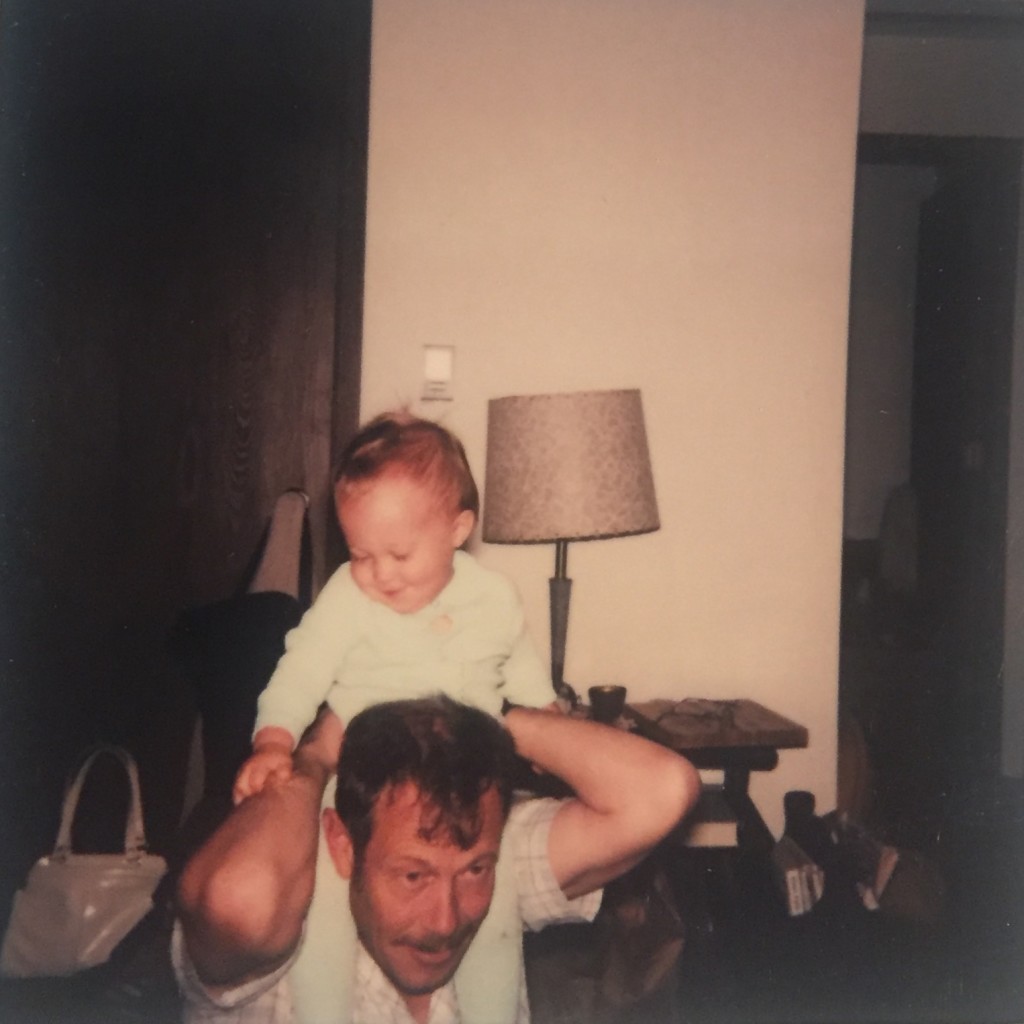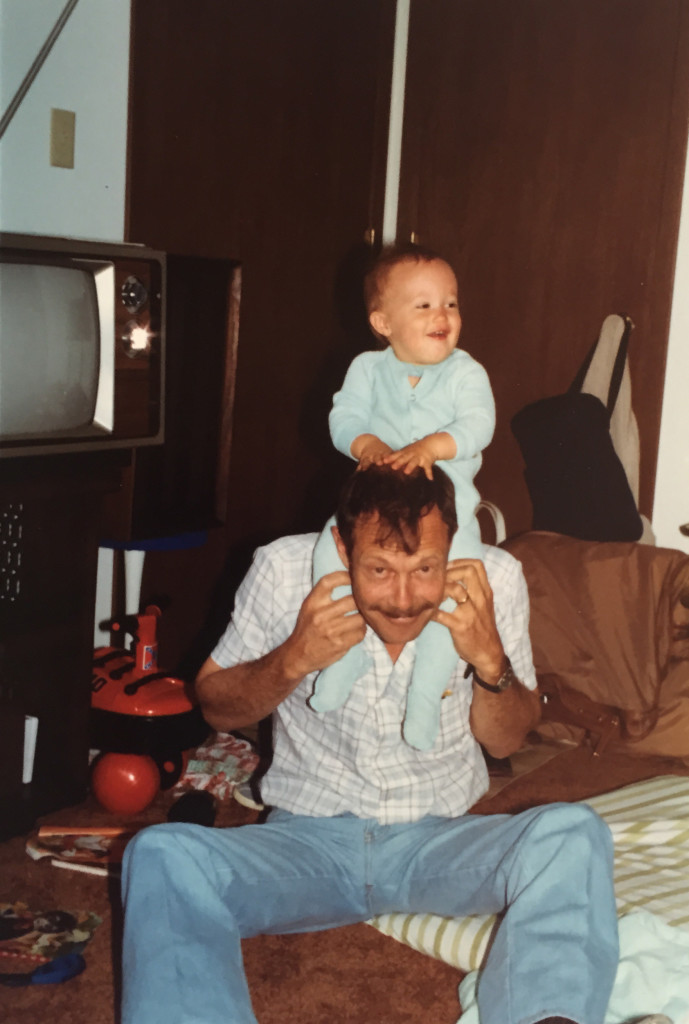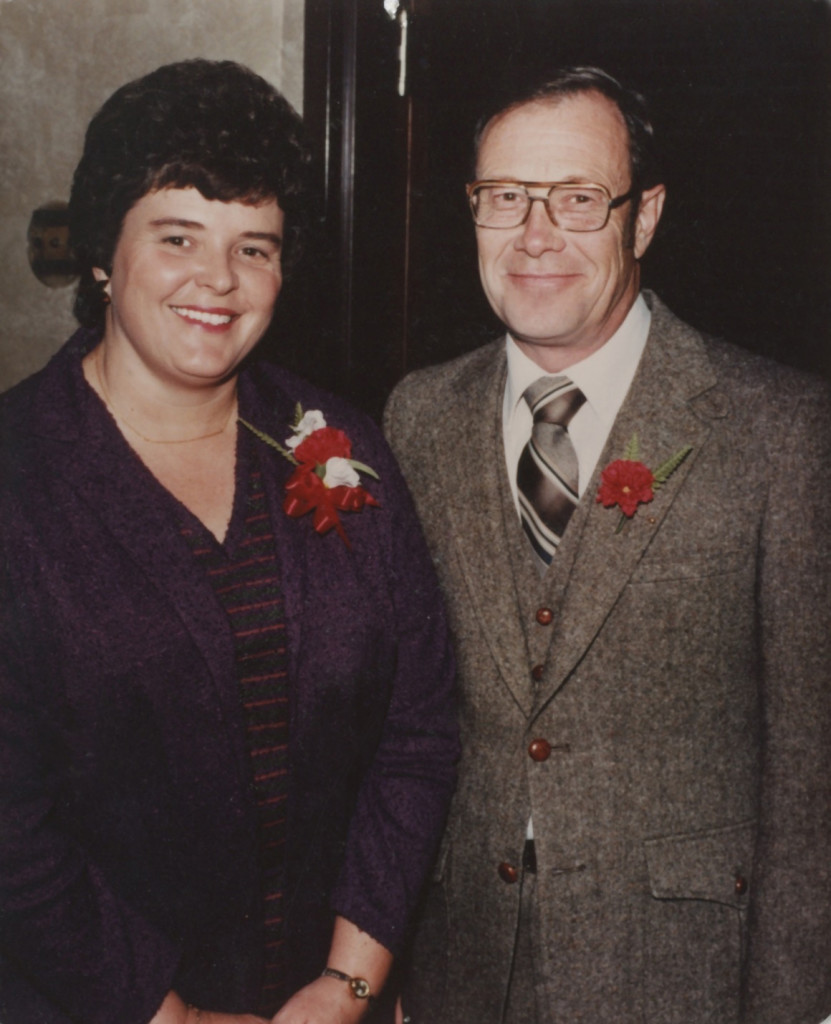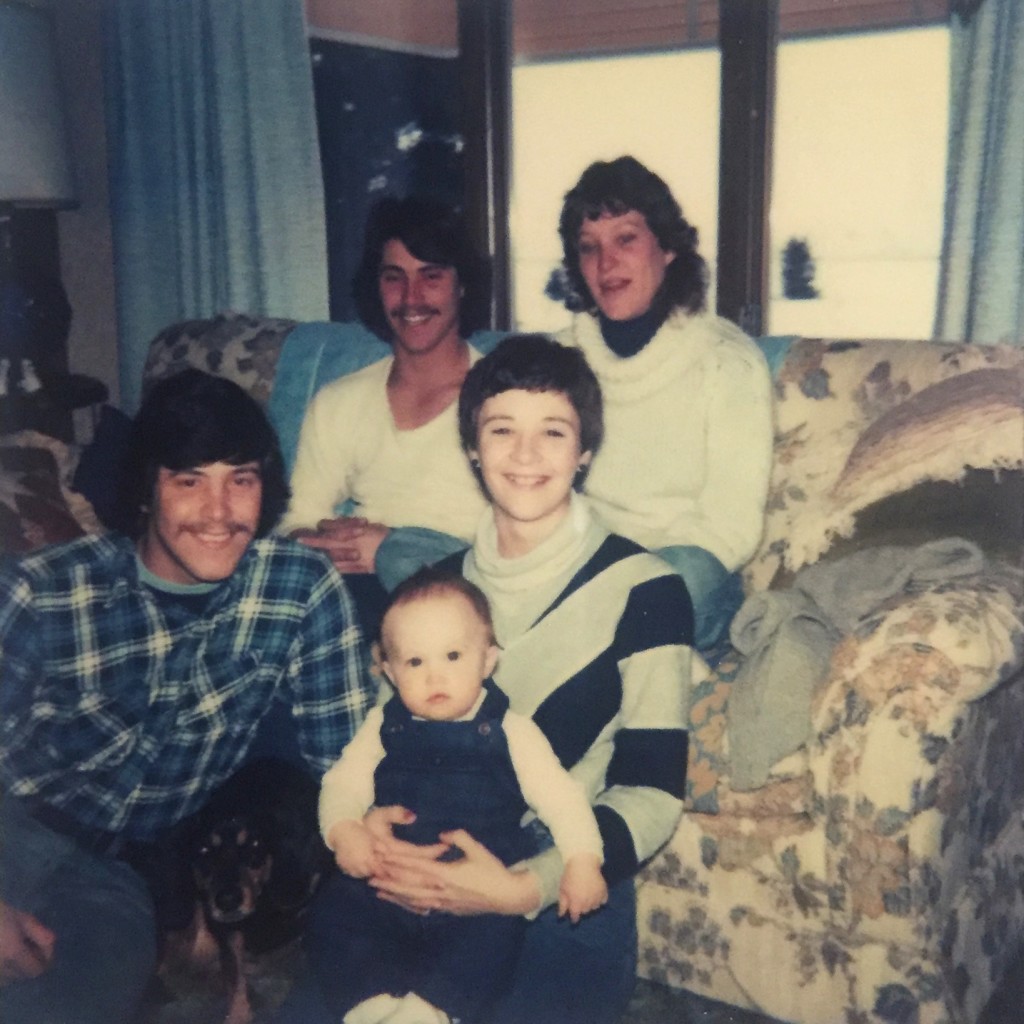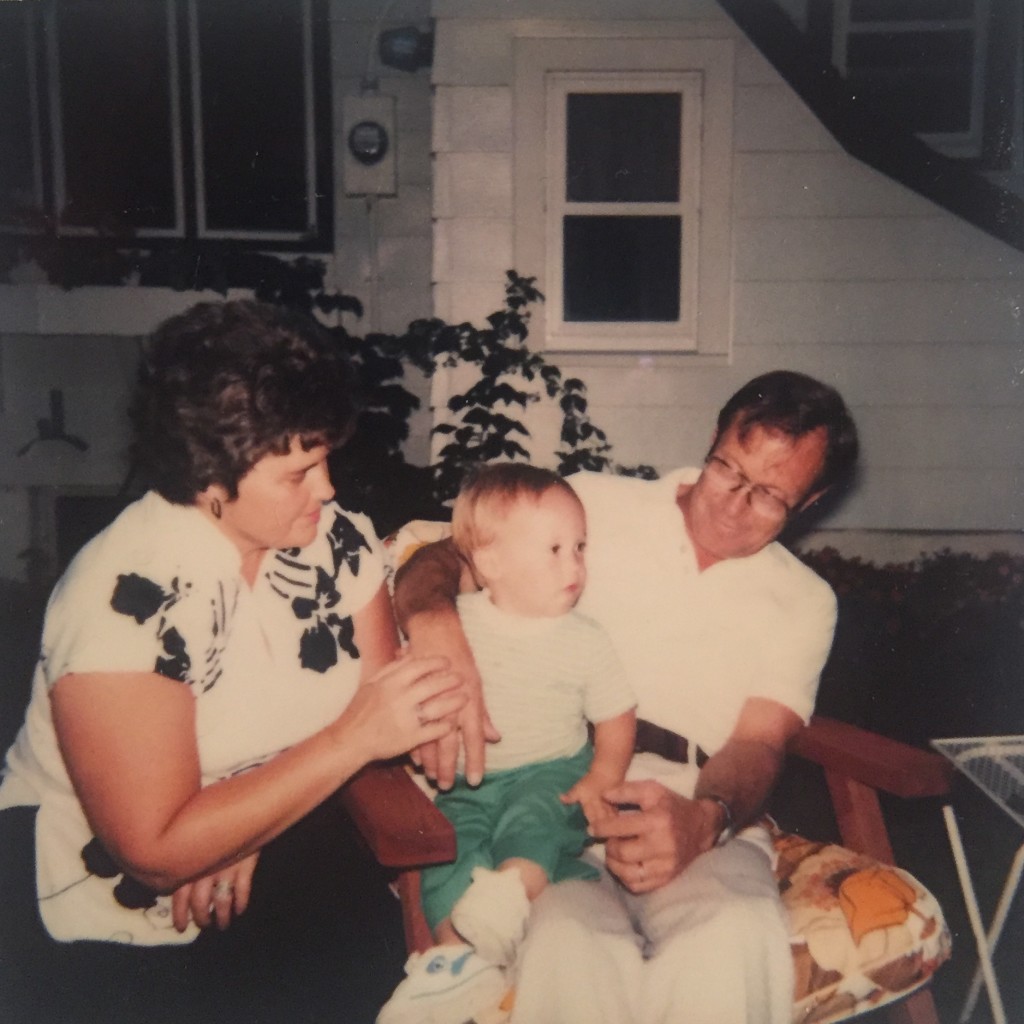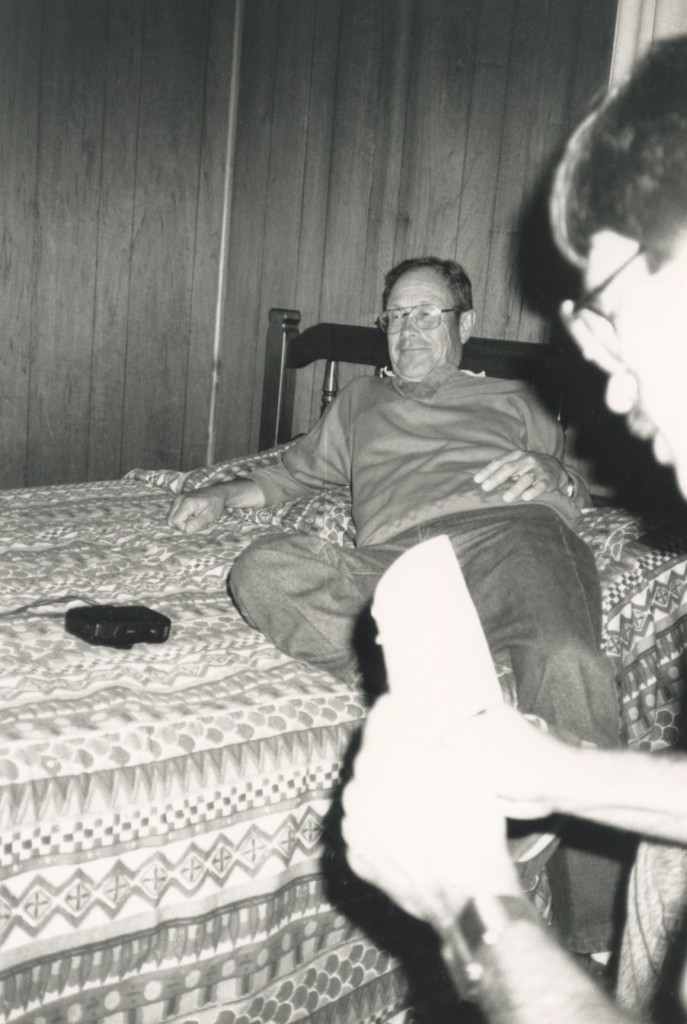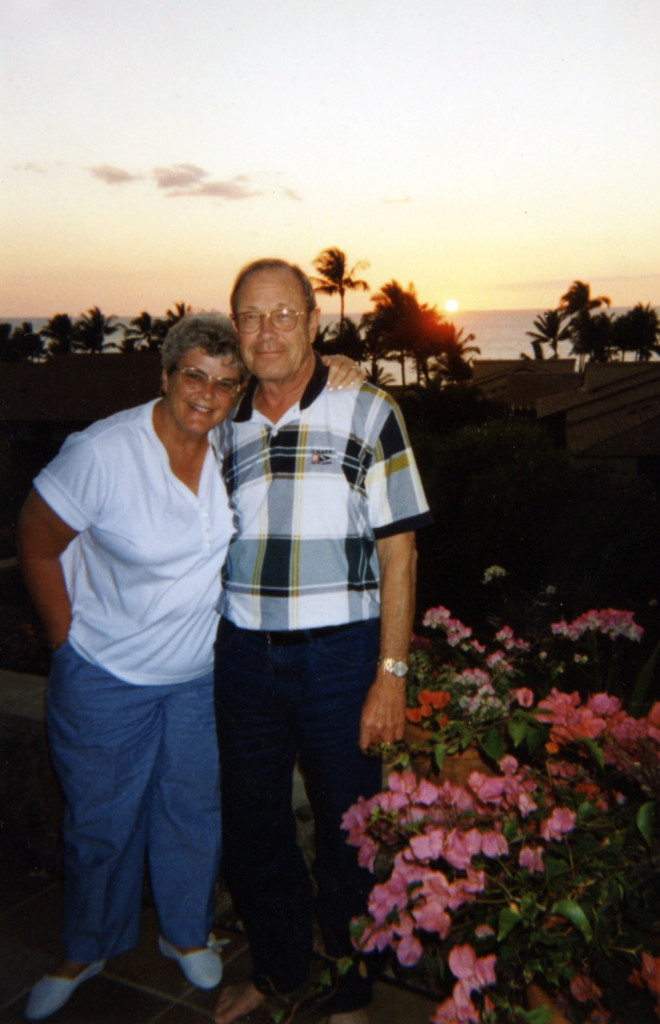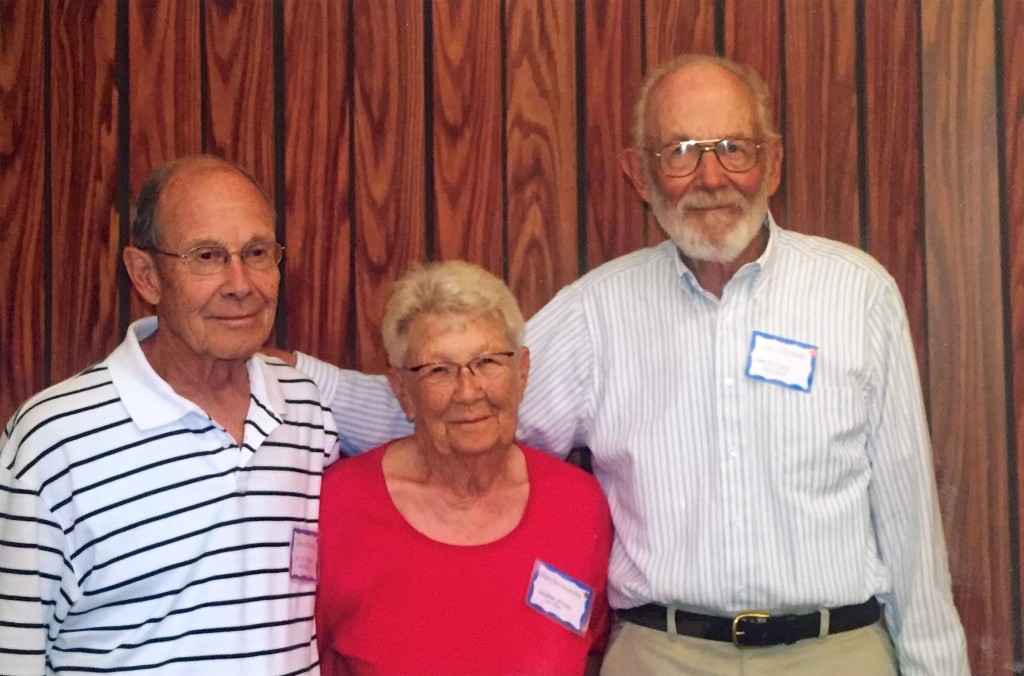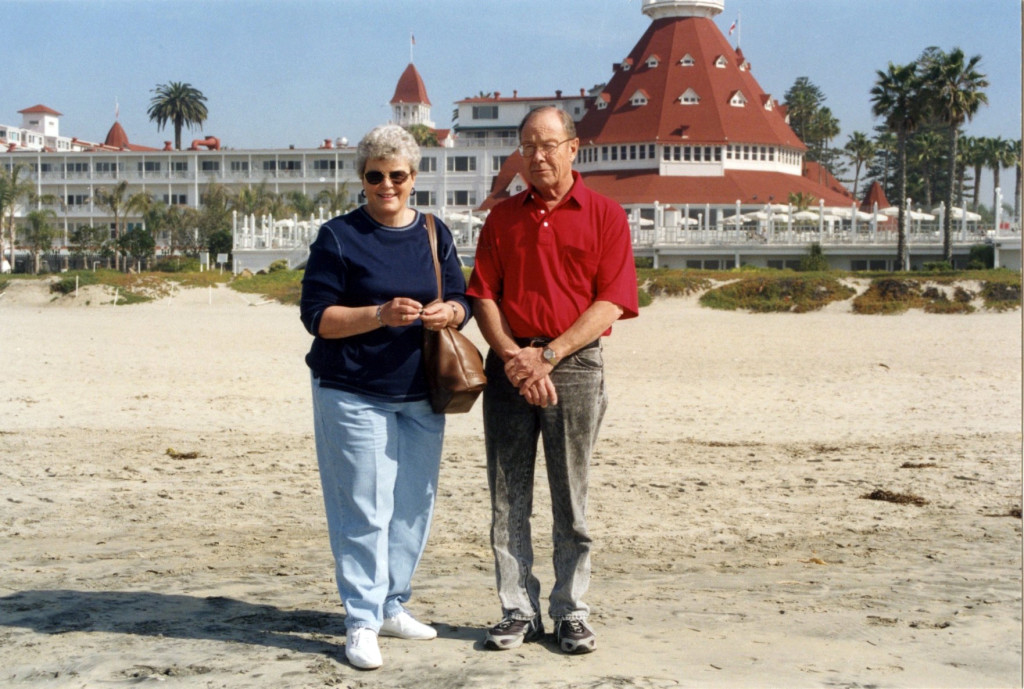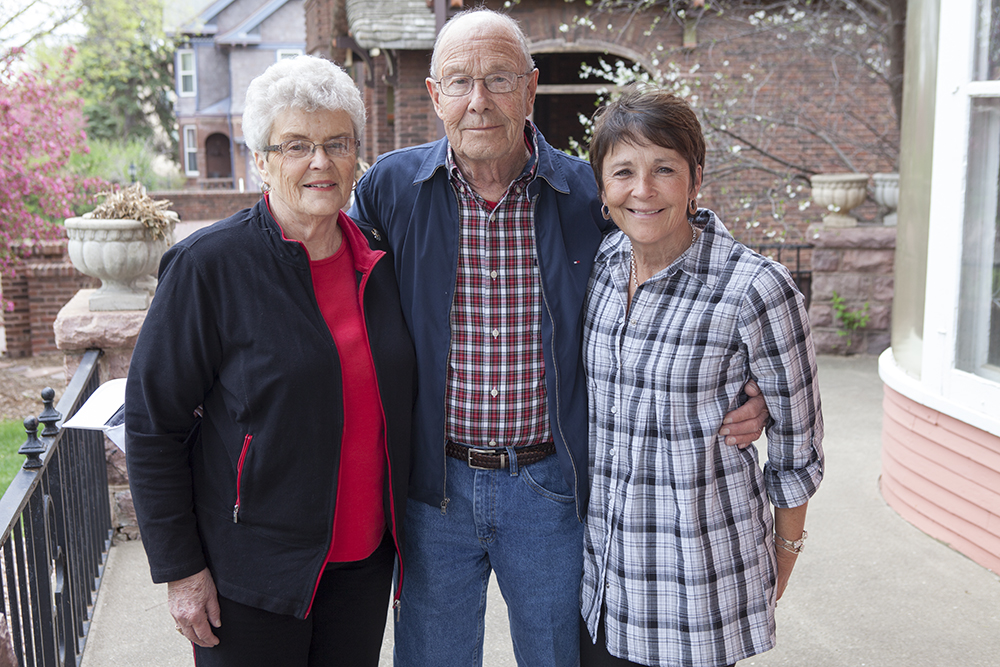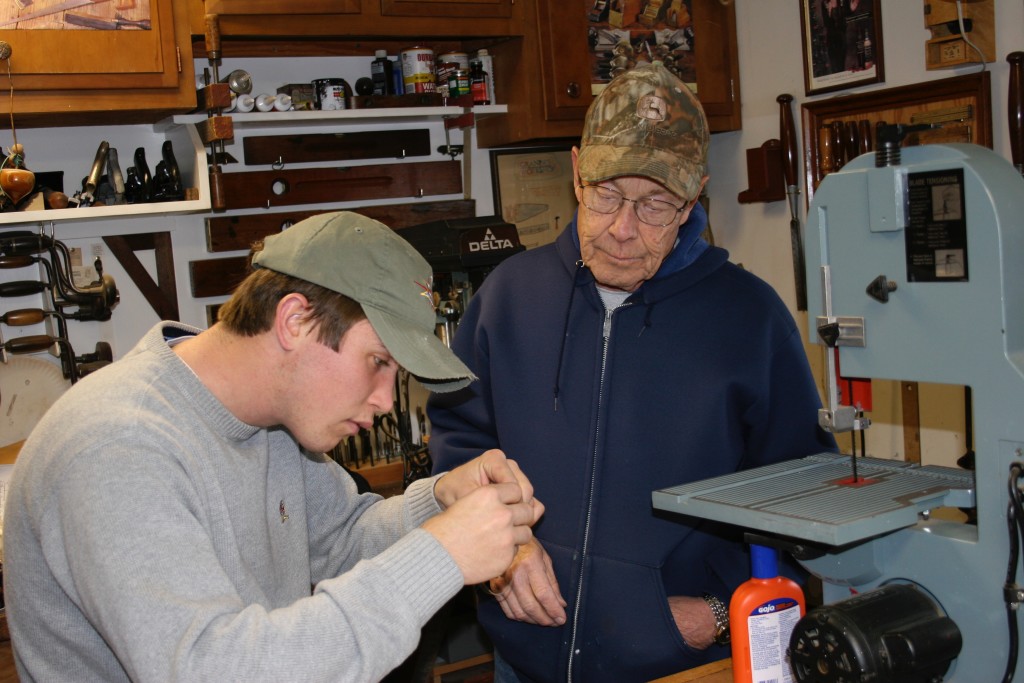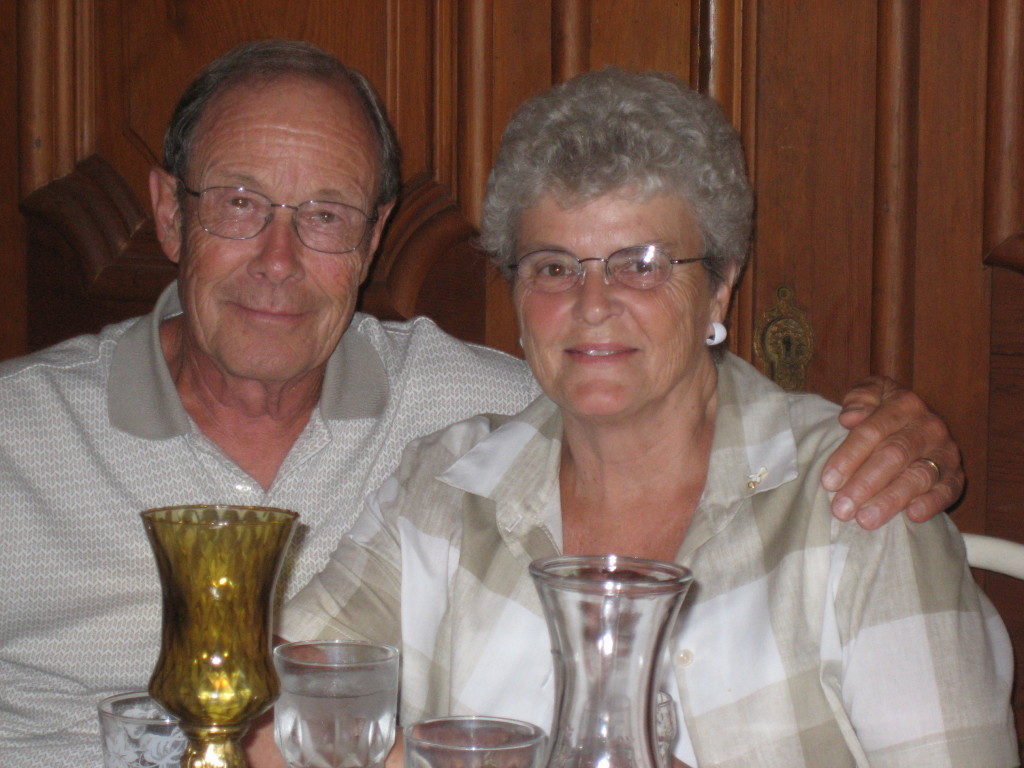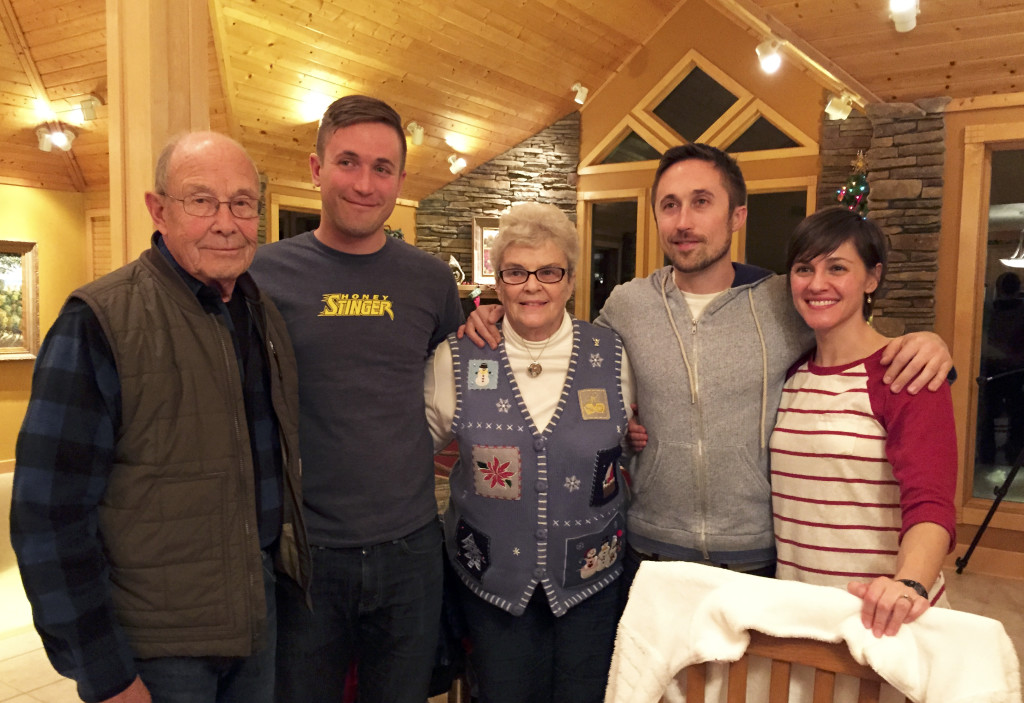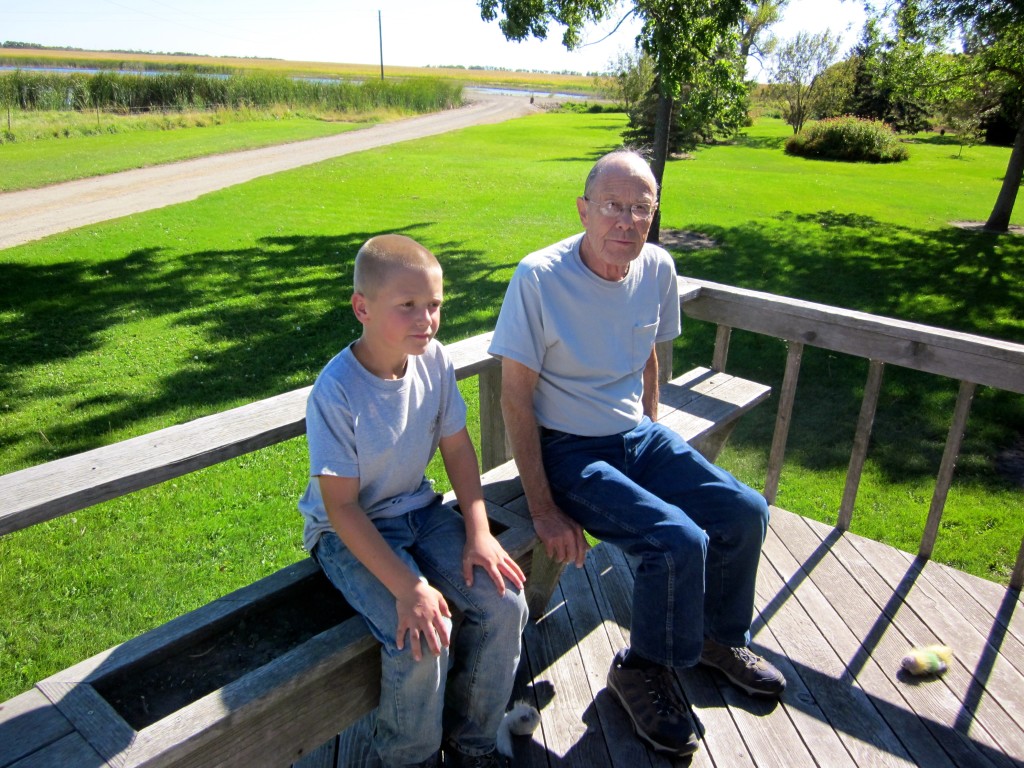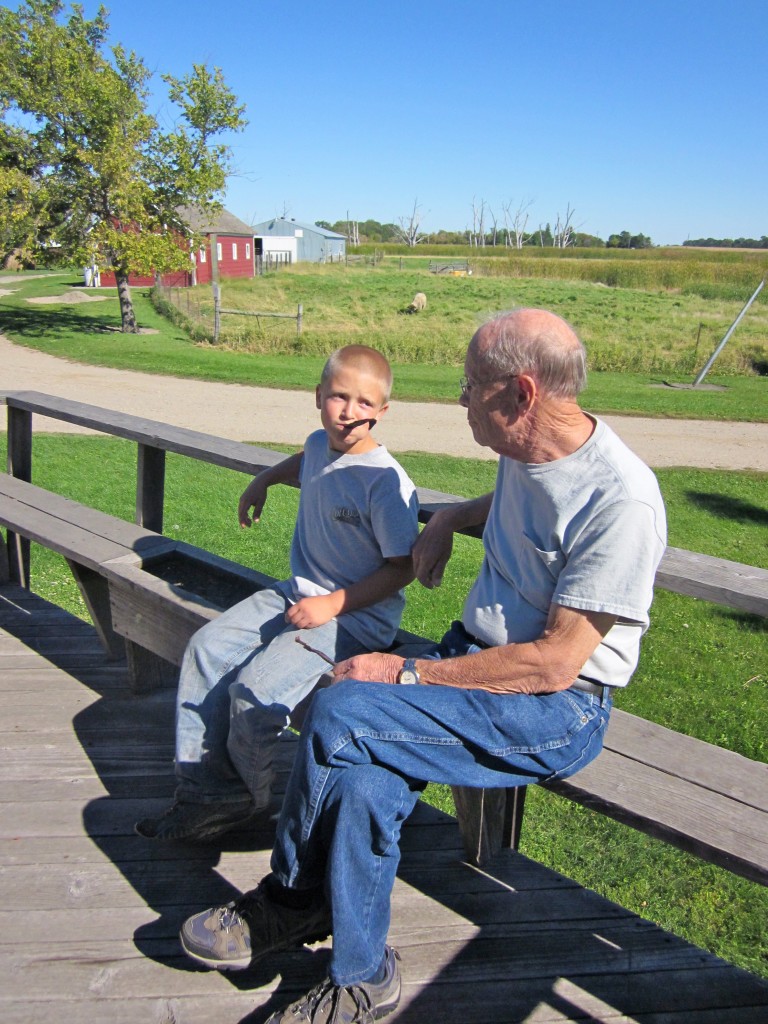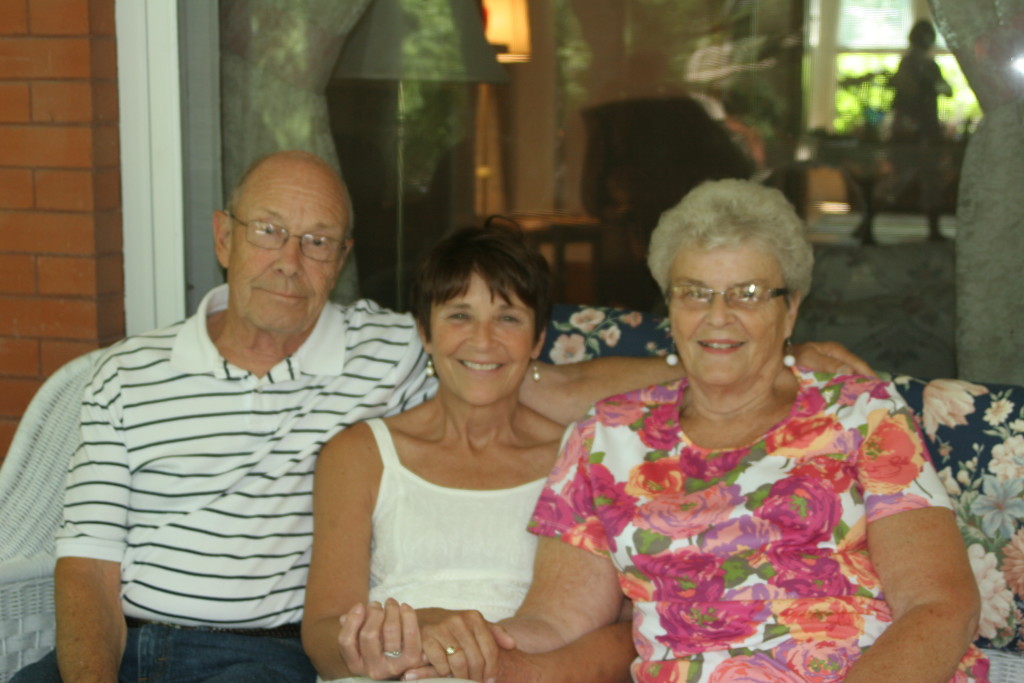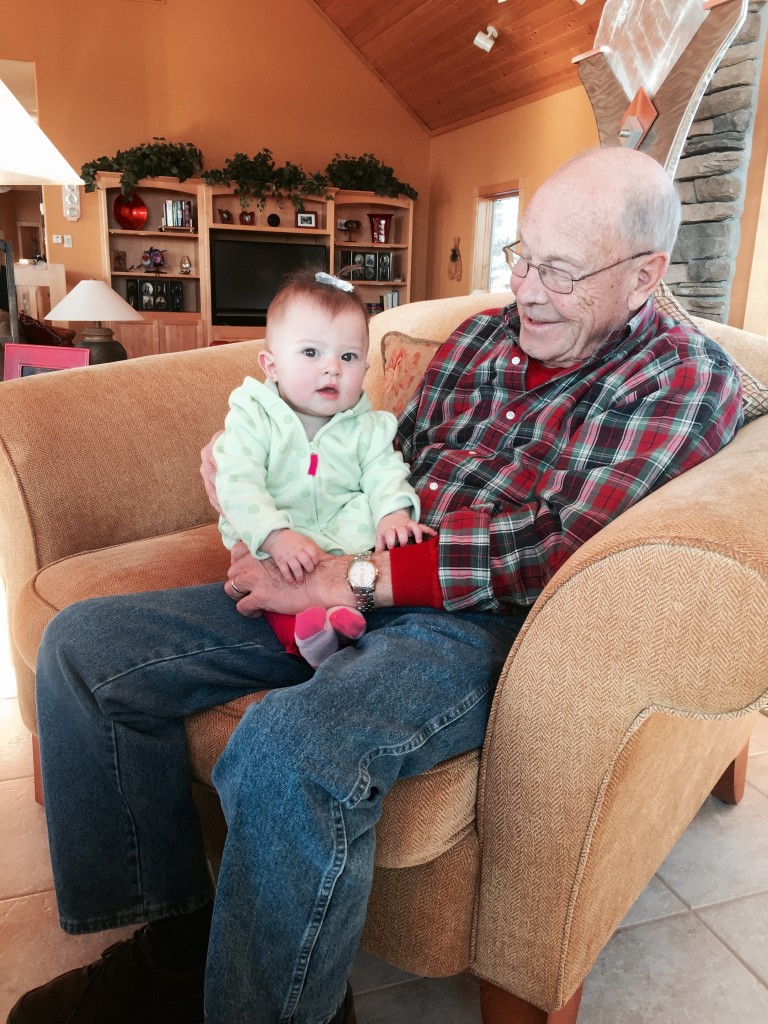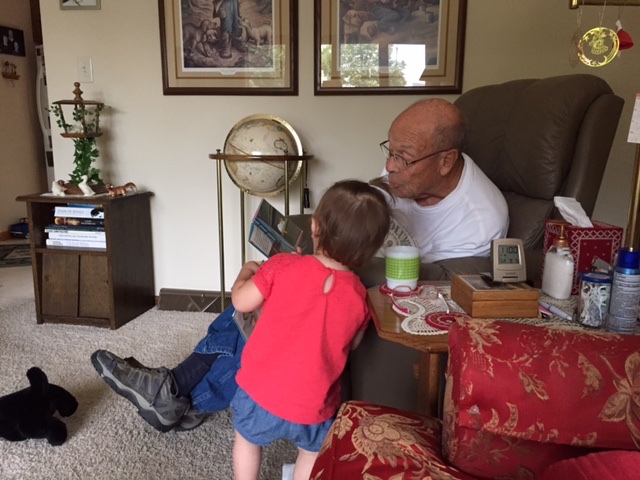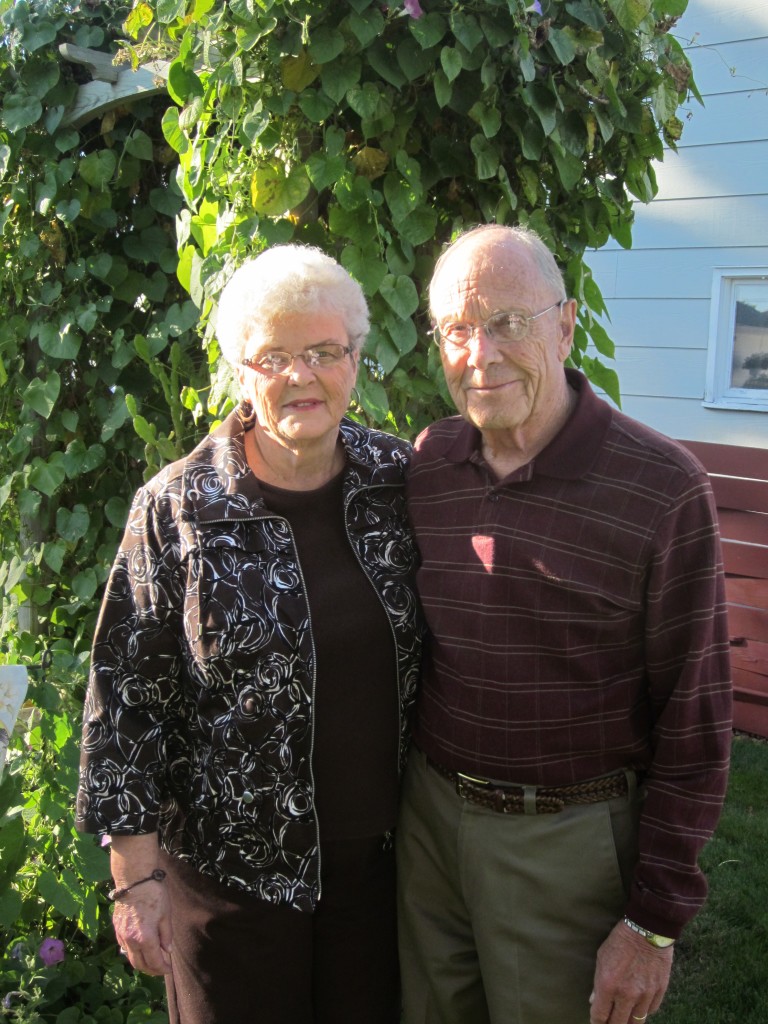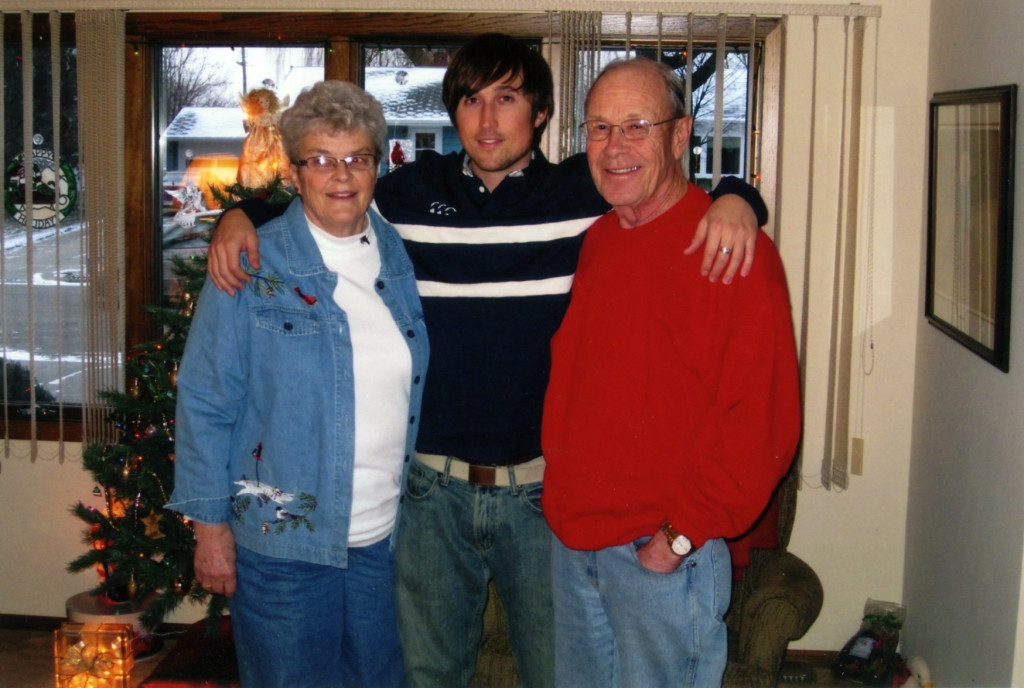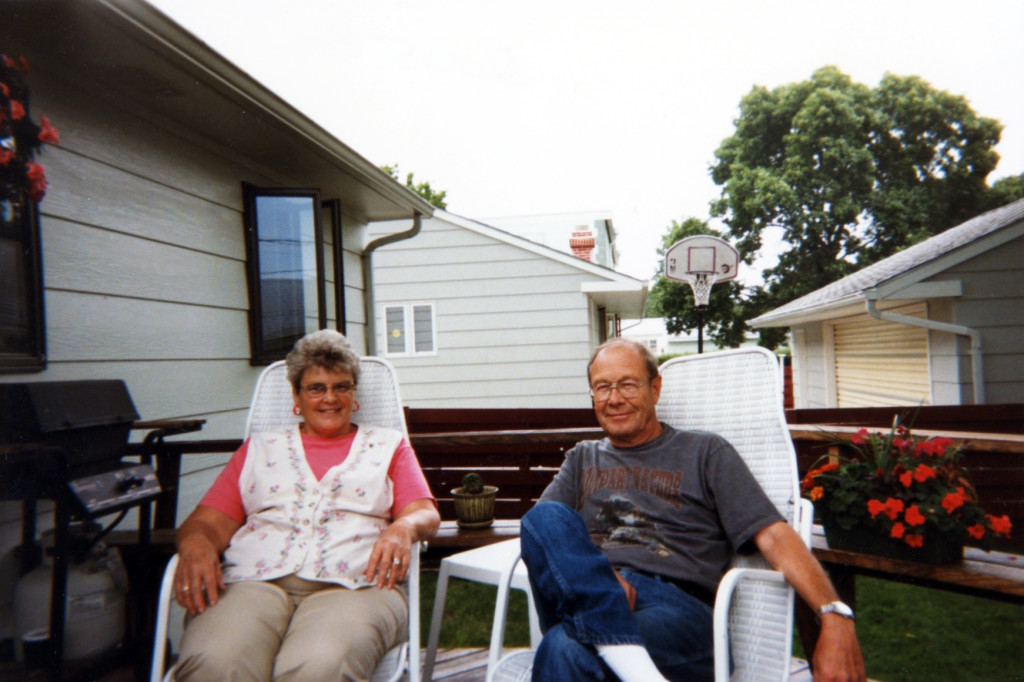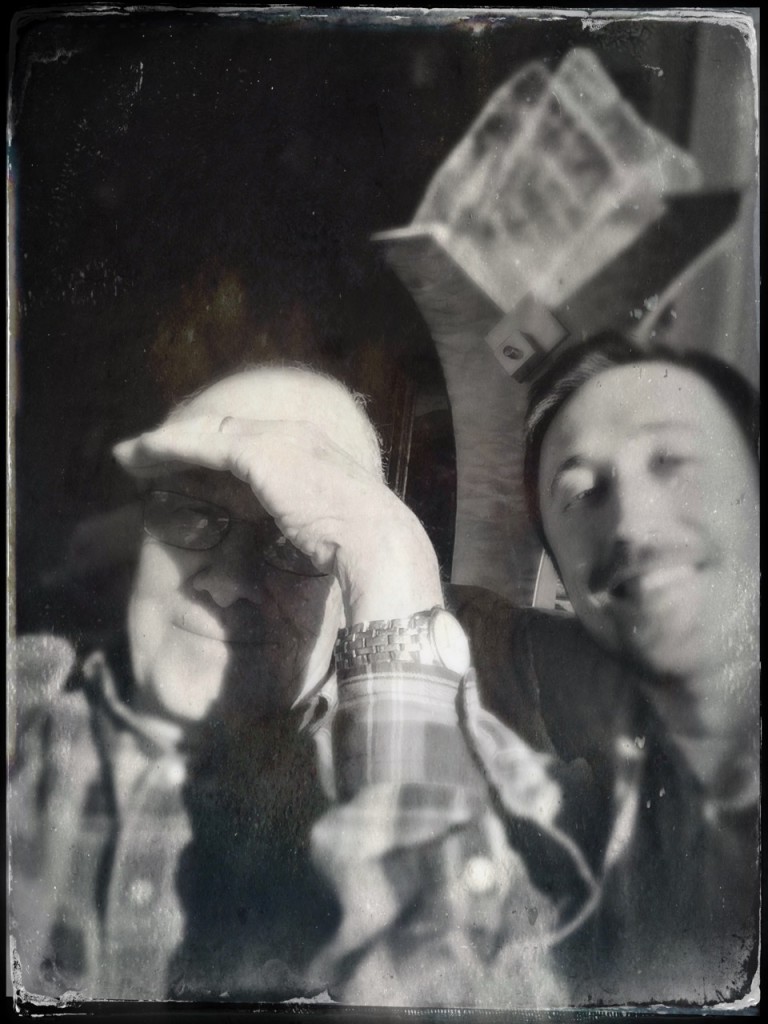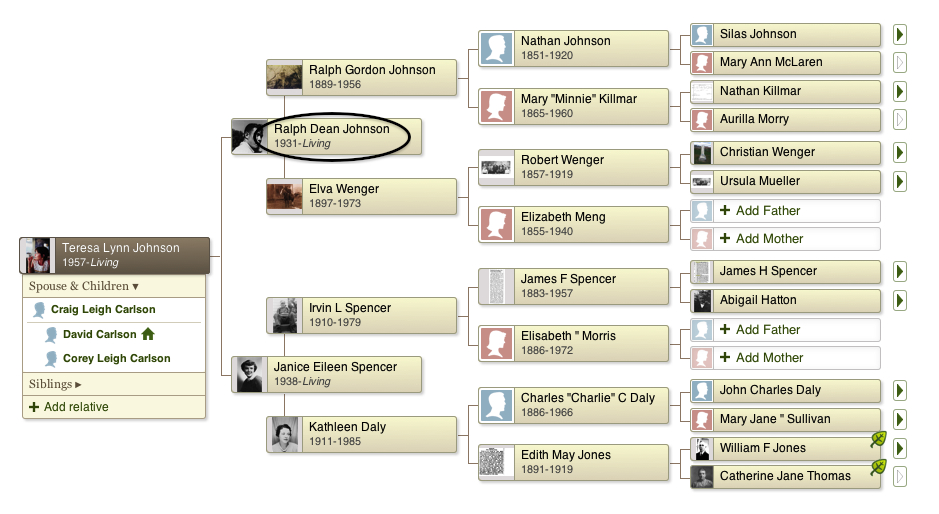Ralph Dean Johnson was born on June 12, 1931 St. Lukes Hospital, Aberdeen, South Dakota to Ralph Gordon Johnson and Elva (Wenger) Johnson. He grew up on the family farm near Columbia, South Dakota.
“The World” was the first theatre I ever went to in Aberdeen. I don’t go to movies very often, so I don’t remember much about theatres in the 30’s-now. They used to have outdoor movies in the summertime, and they’d show them on the side of a building. People could sit in their cars or on a bench. The first time I drove a tractor was in about 1942. My brother, Bob, taught me. We drove horses more than tractors in those days. Bob was the oldest. It went Bob, Clare, Joe, Ruth, me, and Mary is the birth order. I was named after my dad (no idea where “Dean” came from). Bob was named after Grandpa Wenger. Clare & Joe were named after our great-uncles. Mary was named after Grandma Mary. Not sure who Ruth was named after.
The one-room schoolhouse had two outside toilets and a small barn for the kids who rode horses to school. My teacher was Llyod Swartout. I suppose he was thirty maybe. He was a good guy, but nobody could do anything wrong or they’d be in trouble. The school building was a small one story wooden building with windows on one side. We brought sack lunches. We walked when it was nice weather. My dad took me in a bobsled or and old car in the winter. Christmas morning was exciting–the only time we got any presents. We never went to church as a family.
We worked in the summertime. We worked in the garden and helped with whatever there was to do around the house. We swam in the old muddy Jim River. I played baseball and basketball in Columbia. We would have picnics at Tacoma Park on the 4th of July.
My dad farmed and butchered for the neighbors (he did the cutting–my grandfather had a butcher shop/meat market, so that’s how he learned to do it). My grandmother was a homemaker, and my grandfather also farmed. Her first night in South Dakota was set underneath the covered wagon while her parents slept inside. She and her sister slept under the wagon near the Elm River on what is now Lincoln Ranch (two miles east of Aberdeen water plant), and the howling coyotes scared them to death. When we had our babies we would stop on the way home from the hospital to show her the babies. She lived with Uncle Willis and Aunt Alice on Lincoln Street in Aberdeen.
Mom worked. She had six kids and she washed, cooked, fed chickens, and even milked cows. She didn’t have electricity so she washed clothes with a wash tub and a rub board. She gardened, canned, cleaned, cooked for eight, baked bread, took care of meat after butchering, made lye soap, washed clothes in a wash tub (until she got an old washing machine that leaked grease, She used an old machine with an engine on it). She would take the spark plug out and pour gas in the washer to get it going. She could drive the Model T (Ford).
We all worked together–we had to. Everybody did; it was a matter of survival. After supper everyone would sit around kerosene lamps, and if they had a battery they would listen to “Fibber Magee & Molly” or “George Burns & Gracie Allen.” During the war, the battery was saved for the news. Otherwise, we would read a newspaper. We went to bed early, got up early and did chores before school and then after. We were poor–times were tough for everyone in the 30s. Few people had money; no farmers did.
When we needed groceries, Dad went to town and Mom made the list. John Daly told Mom that he once needed a new clutch in his car ($1.50). The bank wouldn’t loan it to him, but the banker gave him the money out of his pocket.
I learned to drive in a Model A Ford. I was ten years old. Bob, my brother, taught me to drive. Bob farmed all his life. Claire was in the Army and WWII. He was in the Army/Air Force. When he got out of there, he ran the pool hall in Columbia for a couple years, and then he was a custodian at the school for quite a few years, and he painted. That’s what he did pretty much most of his life. Ruth married Arty Daly, and they lived at Daly Corners where Steve Daly lives. Dad farmed all his life. He grew up right there where I did, on the farm that his dad homesteaded in 1870. My Grandpa Nathan died before I was born. My Grandpa Wenger died, too. Grandma Wenger died before I was ten, and she was in her eighties. Grandma Johnson was in her nineties. She was dying from the time I can remember till 30 years later when she actually did. We didn’t really know what was wrong with her, but she was sickly. She would hobble a block to our house with her cane. She’d point the cane in my direction and give me hell for swearing She lived up the river from us, on my dad’s land. It was a little cabin with a small kitchen (table and cookstove) and a couch. The screen porch had a bed. In the winter she must have stayed with Alice (where her great-grandson Alan lives now). There was a little shed near her house full of bats.
I had Uncle Frank Johnson, who lived into his nineties. I had Uncle Cliff Johnson. Uncle Frank was just an old hard worker who worked up until the day he died.
[Frank was interviewed about his experiences growing up in Columbia:]
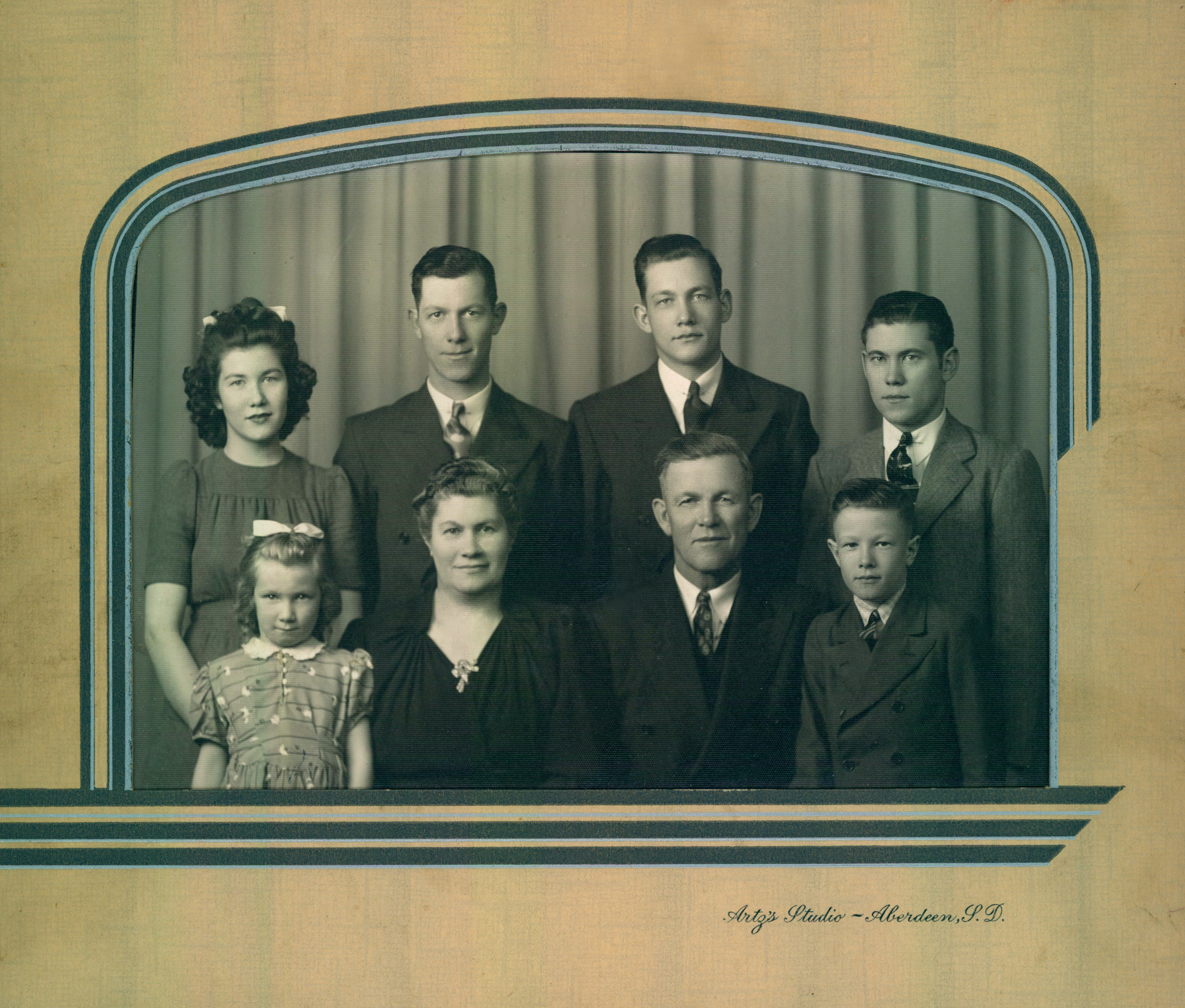
Johnson Family – 1940s – Back Row: Ruth, Bob, Joe, Clare; Front Row: Mary, Elva, Ralph Gordon, and Ralph Dean
On the farm, if we could find somebody we’d hire them to help haul grain in a triple box wagon (3 ft x 3 ft x 8 ft)… It only held about 50 bushels. It would take a month sometimes to thrash and haul. There were probably only 8-10 thrashers for us. They’d eat every meal at our place when they were thrashing at our farm. They slept in the barn–put the horses in the pastures. Back in the steam engine days, they’d have a man for each hay rack. Field pitchers helped in the field and spike pitchers helped unload. We couldn’t get help during the war so Dad, Bob, and I did thrashing during that time. They had cook cars — big wagons — follow the thrashing. Women would cook in those and set up planks for tables for the crews.
Our primary crops were oats, barley, and corn. We fed some to the livestock. Some of the thrashers were bums–they rode trains illegally and followed the harvest… We always had two or three on the thrashing crew. They’d get to drinking and fighting. One guy, Hooky (with an artificial arm), and another guy got in a fight. They fired a gun into the air. They left town the next day and no one ever heard from them again.
The Tunbys were the only ones my age. Merlin was my friend. The Tunbys were the ages of most of my brothers and sisters. They lived one mile north of Daly Corners, so we didn’t get to play very often. My mom and Olga (Wenger) Tunby were sisters.
My family did not take vacations. We got to go to town (Columbia) once a month. We went to Aberdeen twice a year. In 1943, we went to California. My parents, Mary, and I went because Clare was stationed there, in San Bernadino and Joe was stationed in San Diego. We went in the 1940 Chevy, about a four day trip. Bob did the farming while we were away.
When I was twelve years old, I heard about the Japanese bombing Pearl Harbor on the radio. My family moved in to Columbia in 1952. Joe and Clare were in World War II. They both enlisted. Dad was 65.
We bought our first refrigerator in 1956. Before that, ice houses from river ice and straw would keep ice cold all summer, and that’s where we got our ice. Even when I was little, they didn’t have ice during the Dust Bowl. During the Dust Bowl, we farmed and raised enough to live on. Everyone had problems, and no money, but we had a garden, chicken, and cows, so we survived. I don’t suppose we grew much in the garden when it was that dry. Our garden was close to an acre. We bought flour, sugar, and salt and stuff like that at the store, but mostly we ate what we grew on the farm.”
I went to Columbia High School–about 100 kids in the whole school, 50 high school kids and 50 grade school kids. The sports team was called the Comets. I played basketball and baseball. I was good friends with Daryl Cole, Allen Dennert, and Merlin Tunby (my cousin). We would hang out at the hotel, and we wore jeans and t-shirts. I drove to school in a Model A Ford. Dad drove until I was old enough. After school, we had to go home and do chores. I spent weekends working on the farm, hauling wood, emptying ashes.
He remembers his house growing up: “It was just a plain old house with a barn and graineries, and a corn crib. It was a house with no electricity, no insulation, and it was heated with a wood stove. There was an artesian well with a pipe into the house and a pipe to the water tank for livestock, then out to the river. REA brought electricity out there in 1947 (Rural Electrification Association). The next house in Columbia was small, with four rooms. Two bedrooms, a kitchen, and a living. They didn’t have addresses. Then, I was in the navy from Jan. ’51-November ’54.
On January 3, 1951, I went to Great Lakes Naval Training Session in Great Lakes, Illinois. I went from there to San Diego, the Naval Amphibious Base in Coronado Island. We waited for the ship, and then I went aboard the USSLSMR403. I was on that from May of 1951 to November of 1954. We made two trips to Korea. I worked in the engine room. We visited ports Japan, Hong Kong, Okinawa, Midway, Honolulu, Inchon in Korea, and then back to California. I got married not long after the navy.”
He married Janice Eileen Spencer on June 1, 1956. They had four kids, Terri Lynn Johnson (March 22, 1957), Alan Dean Johnson (April 1, 1958), Ralph Gordon Johnson (May 9, 1959), and Brenda Lee Johnson (December 30, 1961). “we got married and moved to the (government surplus) quanset by Northern State Teacher’s College. Rent was $25. It had two bedrooms, a kitchen, living room, and bathroom. After that, 1626 S. Main St. was the next house. It was just a regular little house. Then, we moved from there back to the house in Columbia from ’59-’61. Then, we bought this house in 1961. This house was moved to 1745 S. 4th St. from Hecla, SD. The basement was already here, and we finished it later.”
He went to Northern State Teacher’s College on the GI Bill. His major was Industrial Arts. His best friends were Richard Newman and Dick Hanson. At Northern his favorite professor was Marvin Burroughs, a great wood worker. Classes were easy, and he often studied with friends. He got his BS in Secondary Education. He was grateful for his experience in the Navy, because he made the most of his school years when he went later.
In the early 60s, Dean got a job as the Director of the Physical Plant at Northern State College in Aberdeen. He was in charge of the buildings, grounds, and employees. His fulltime hobby has always been woodworking.
“I’ve been woodworking for forty years. It started in college, I guess. I had an industrial arts major. The first thing I made was a lamp. I made a mahogany bookcase in 1957. I did wood turning before Joe started, and I’ve always made bowls. I collect artifacts and old woodworking tools.
I built the woodworking shop in 1990. My favorite thing I’ve ever made was the spinning wheel I made by hand, in about 1995. I made the whole thing. It was a replica of an 1832 spinning wheel Terri has.”
When he’s not working in his shop, he can be found out at Ralph (Gordon II)’s farm. “I bought the forty acres of land 2 1/2 mi. and 2 1/2 mi. east of Columbia in 1984. I grew corn and wheat and raised sheep until I sold it to Ralph in about 1988”
His son, Ralph (Gordon) says: “I remember Dad taking Alan and I hunting on weekends. There was nothing we looked forward to more. That’s probably why 40 years later Alan and I are still hunting. We especially liked going to Columbia on weekends and hunting with Dad’s brother Clare and his son Mark.
Dad also took us to several places on the Missouri River to look for Indian artifacts. We usually camped overnight somewhere close by. His brother Clare also joined us on many of these trips.”
Dean’s Brown County history speech at Dacotah Prairie Museum in Aberdeen:
Ralph D. Johnson Lecture on Brown County History
